|
Earth Day is a yearly celebration founded by Senator Gaylord Nelson in 1970. It is celebrated worldwide every April 22nd, and this year’s theme is “Invest In Our Planet.” The objective of Earth Day is to promote environmental awareness and respect for life on the planet. It is essential to do our part all year long and to move toward a more sustainable environment and a healthy future for the earth. Globally, more wineries than ever before are contributing their efforts to maintain sustainable practices in the vineyard and wine production. A chemical-free environment, careful use of energy, water conservation, and best use of the environment are becoming the focus. Many wineries are turning to organic farming and replacing the use of pesticides, fungicides, artificial chemical fertilizers, and herbicides with alternative measures that promote respect for the grape and its environment. Every country, state, and region has its own rigorous requirements for sustainability and organic farming certifications. In addition to these practices, carbon footprint reduction and biodynamic practices are other methods used in grape growing and wine production. A carbon footprint is the total amount of greenhouse gases (including carbon dioxide and methane) generated by our actions. Rethinking packaging, using solar power, and lowering CO2 emissions are among the many measures wineries are adopting. Biodynamics is a method of farming based around a specific astronomic calendar focusing on the rhythms of nature. It combines a holistic, ecological, and ethical approach in cultivating grapevines. With absolutely no partiality or intent to exclude other countries, let’s look at several viticulturists and wine producers in Chile, Italy, Spain, and Oregon State to see how they contribute positively to our planet. Chile In 2011, Chile formalized its dedication to sustainability and developed the award-winning Sustainability Code for the Chilean Wine Industry (SCWI) or Código de Sustentabilidad de la Industria Vitivinícola Chilena. The world’s most wide-ranging wine sustainability code, SCWI, has served as an inspiration for numerous other countries and wine regions. SCWI features 351 individual requirements divided into four categories: Viticulture, Vinification & Bottling, Social, and Wine Tourism. In the ten years since its inception, SCWI has been adopted by all the country’s leading wine producers and accounts for 80% of Chile’s bottled wine exports. Emiliana Organic Vineyards, a pioneer in Chile, is one of the world’s largest organic and biodynamic wine producers. In commemoration of Earth Day, Emiliana is calling for a joining of forces to protect and reaffirm its responsibility to the planet through these eight commitments that they follow:
3. Conserving Biodiversity in the vineyards 4. Reducing Carbon Footprint 5. Reducing Energy Consumption 6. Reducing Water Consumption 7. Minimizing the environmental impact of Supplies 8. Minimizing the Generation of Waste and increasing Recycling Among other things, Emiliana has 91 organic vegetable gardens for its employees, with many participating in collective growing to provide healthy food for their families. Viña Tarapacá estate, farmed since 1874 in Isla de Maipo, is Chile’s traditional vinous heart and is known for its diverse soils that enable it to grow an array of grapes successfully. In addition, Viña Tarapacá has a powerful sense of environmental friendliness, submitting to the highest international quality standards and certifications. Viña Tarapacá planted more than 11,000 native trees and shrubs to restore the natural environmental balance and reconnect the biological corridors between the Altos de Cantillana mountains and the River Maipo through the estate’s 5,000 acres of vineyards. “In 2016, we launched our mini hydroelectric plant. This is a renewable energy project to take advantage of the irrigation canal water fed by the Maipo River present in the vineyard to generate electricity for the operation of our winery’s vineyard. It is capable of generating 250 kWh of energy, which represents 60% of the electricity consumption of the winery.” Italy Albino Armani Winery has been making wine since 1607. Today, the family project boasts five privately owned estates composed of 330 hectares of vineyards. The family vineyards are situated in three major Italian wine-growing regions: Veneto, Trentino, and Friuli-Venezia Giulia. Albino has a strong bond with the land, and he says, “Sustainability = Viticulture and Social Responsibility.” He adds, “I believe that for me to possess this concept of sustainability, it is fundamental to belong to a territory and feel it as my own.Consequently, sustainability must be shared by all the players, and its promotion must have an impact and be spread out all over the territory, also involving the various administrations. There has to be a great conversion in farming methods, etc. And the effort must be shared by the entire community. There has to be a widespread notion of defending the ecology, a notion which is concrete and tangible, and which leads to a common result.” All of the Albino Armani vineyards since 2019 have been given the SQNPI certification. This national certification aims to help agricultural ecosystems monitor and reduce environmental impact, reducing the use of synthetic chemicals and rationalizing all agronomic practices such as fertilization and irrigation. Spain Dominio de Punctum is a family-owned winery that dates back to 1905 and is located in the province of Cuenca near central Spain. Oenologist Ruth Fernandez is one of three siblings who own and manage the winery. Ruth got her degree in Viticulture and Enology and is passionate about caring for the land. And so, they have been farming organically since 2005 and became biodynamic in 2010. “Punctum is committed to delivering unique, value-added products. We aim to achieve this through organic and biodynamic agriculture, making wine that stands out not only for the beauty of its aroma or delicacy on the palate but also for being natural and authentic, and free of any chemicals. We take part in a farming philosophy that is aimed towards the future: we understand how to manage nature to deliver top-quality grapes and wines while taking care of the environment by improving it instead of spoiling it. Our wines are organic, biodynamic, and vegan-friendly, following our commitment to the environment and wine lovers around the world.” – Jesús, Ruth, and Cristina Fernández. Oregon – USA J. Christopher Winery, located in northern Willamette Valley, Oregon, is owned by well-known winemaker Erni Loosen, creator and owner of Germany’s Dr. Loosen and Villa Wolf estates. Following his passion for Pinot Noir, Erni set his sites on J. Christopher, eventually purchasing 40 acres and planting the Appassionata Vineyard. Ernie and his team are proactive when it comes to sustainability. Maintaining healthy soil and vines is a priority. Biodiversity and minimal impact is practiced in the vineyard, and the winery is designed for energy efficiency. The below-ground pre-cast concrete caves use no energy for temperature control – they stay naturally cool and humid, creating the ideal environment for maturing wines. Concerning sustainable farming, this is what they have to say. “In both our Appassionata Vineyard and the Medici Vineyard, which we lease and manage, we farm organically. There are no pesticides or chemical fertilizers used in our vineyards – only organic soil amendments, including compost made from our own pomace. Our winemaking practices generally follow the biodynamic calendar and practices, trusting nature to do much of the work. We strive to minimize waste in our tasting room and all aspects of wine production. All glass, metal, and cardboard are recycled. Even the process water from the winery is filtered, aerated and returned to the earth.” Here is a selection of wines from each of the mentioned wineries. Viñedos Emiliana Coyam 2018
Grapes for this wine are sourced from the Colchagua Valley and are a blend of eight varieties of organic grapes, with Syrah and Carmenere dominating. It is aged 14 months in 80% French oak (mix of new barrels and second-and-third use), 16% in 2,000- and 5,000-liter foudres, and 4% in concrete eggs. Nose: Ripe red berries, herbs, baking spice, and a touch of earth Palate: Cherry, raspberries, blackberries, juicy plum, and spice. Complex, smooth, and a long finish that is good to the last drop! Alcohol: 14% SRP: $35 Pairings: Roasted or grilled meat and chicken, vegetable casseroles, pizza, or grilled salmon. Viña Tarapacá Gran Reserva 2019 Made with organic grapes, this is a five variety blend with Cabernet Franc and Syrah dominating. Grapes are sourced from the D.O. Maipo Valley. The wine is aged for 12 months in American and French oak barrels (20% new, 80% used), and the remaining 25% of the wine is kept in stainless steel tanks to retain the primary fruit component for the final blend. Nose: Floral, red and dark fruit, cherry, plum, spice, and vanilla. Palate: Rich and smooth with dark cherry, blackberries, plum, baking spice, and pepper. It is beautifully balanced with a long finish. Alcohol: 14% SRP: $20 Pairings: Grilled meat and chicken, seared tuna, aged cheese, or pasta. Albino Armani Prosecco Rosé DOC Extra Dry Millesimato 2020 This sparkling wine is certified sustainable with 90% Glera and 10% Pinot Noir sourced from vineyards in Alta Grave Friulana. It is produced using the Charmat method with second fermentation in tanks for a minimum of 60 days. Nose: Lovely floral, berry, and cherry aromas. Palate: Creamy and fine perlage with red berries, cherry, a hint of apple, and nice acidity. Alcohol: 11% SRP: $15.99 Pairings: Drink as an aperitif or with appetizers, light pasta dishes, mushroom risotto, seafood, or cheese. Albino Armani Pinot Grigio Colle Ara Valdadige TerradeifortiDOC 2020 The grapes for this 100% Pinot Grigio are sourced from certified sustainable vineyards on ancient terraces on the Colle Are, in the southern part of the Adige Valley in the Veneto region. Extended maceration on the skins gives this wine a pink/copper hue. The wine is aged in stainless steel tanks and partially in wood until bottling. Nose: Enticing aromas of floral, stone fruit, tropical fruit, golden delicious apples, and citrus. Palate: A juicy explosion of peach, apricot, lemon, orange zest, vibrant acidity, and minerality entertain the palate. Beautifully structured. Alcohol: 13% SRP: $21.99 Pairings: Enjoy as an aperitif or serve with seafood, shellfish, grilled chicken, vegetable risotto, or charcuterie board. Punctum Petulante Pét Nat White 2020 The Pét-nat line was introduced in 2021 to highlight the winery’s ability to take natural sparkling wines a step further with organic and vegan winemaking processes. The grapes are 50% Sauvignon Blanc and 50% Viognier sourced from organic vineyards in the province of Cuenca near central Spain. Nose: Floral and citrus notes. Palate: Aromas segue onto the palate with green apple, honeydew, and a touch of minerality. Alcohol: 13% SRP: $22 Pairings: Enjoy as an aperitif or serve with light fare. J. Christopher Estate Vineyard Pinot Noir – Rock Blocks Selection 2018 This wine is a three-barrel, limited cuvée selection of organically grown Pinot Noir grapes from the Appassionata vineyard. It is a blend of fruit from the rockiest parts of the vineyard that have thin volcanic clay topsoil over fractured basalt bedrock, which contributes to the wine’s firm structure, brambly fruit, and good texture. It was aged for 18 months in barriques (25% new.) Nose: Dark berries, cherry, wet stone, a touch of floral and spice. Palate: Lush, dark berries with lots of dark cherry, minerality, and spice. Smooth and well structured with a long finish. Alcohol: 13.5% SRP: $60 Pairings: Grilled meat, chicken or fish, stews, mushroom quiche, or roasted root veggies. I’ll end this article with two quotes. “You cannot get through a single day without having an impact on the world around you. What you do makes a difference, and you have to decide what kind of difference you want to make.” – Jane Goodall “Progress is impossible without change, and those who cannot change their minds cannot change anything.” – George Bernard Shaw Please do what you can to keep the earth turning in a positive direction! Until next time… Cheers! Penina This article was originally published to Santé Magazine. To leave a comment or if you have an inquiry, please contact me at [email protected] October is a beautiful time of year filled with fall festivals, hayrides, and dazzling mum displays. The trees are bursting with color, and the crisp smell of autumn is in the air. It is also Halloween month, a holiday that is enjoyed and celebrated by both young and old. There are pumpkins to carve, costumes to make, parties to plan, and of course, let’s not forget scary haunted houses, spooky trails, and ghost tours! Halloween is also a time for lots of fun creativity in the kitchen and making many delectable treats for children. Of course, adults enjoy holiday treats as well, especially beverages. If pumpkin lattes and hot apple cider aren’t your thing, there are more “spirited” Halloween-themed drinks such as Poison Apple Cocktail, Boozy Witch’s Brew. Black Devil Martini and Zombie Slime Shooters! But if you prefer sipping wine, please step into my "Hallowine" cellar, if you dare, and I’ll tell you a few tales! Casillero del Diablo Once there was a winemaker named Don Melchor Concha y Toro who founded the Concha y Toro winery in Chile in 1883. He started his winery with grape varieties that he brought back to Chile from the Bordeaux region of France, with which he made exquisite wines. Don Melchor reserved an exclusive batch of these wines for himself that he kept under lock and key. According to legend, these wines continually disappeared from the cellar. So to stop the theft of these wines, Don Melchor spread a rumor that the devil himself lived in the cellar guarding the wines. Everyone became terrified, and some people claimed that they had seen the devil. The rumor worked, the thefts stopped, and Don Melchor continued to enjoy his wines. To this day, the cellar is known as the “The Devil’s Cellar” and remains protected…forever! Casillero del Diablo, which means “devil’s locker” in Spanish, is a legendary brand that is part of Concha y Toro’s portfolio with the “devil” logo on every bottle. The cellar is located in Pirque, close to Santiago, and is open for tours. Here are two wines from Casillero del Diablo to add some devilish fun to your Halloween. Casillero del Diablo Reserva Red Blend DO 2018 The grapes for this red wine are a mysterious blend of Syrah and Cabernet Sauvignon sourced from Rapel Valley. The wine is shrouded in secrecy about its length of aging, but rumor has it that it spent about ten months in French oak. But there is no mystery as to this wine’s aromas and taste! Nose: Dark berries, black cherry, fig, spice, and vanilla Palate: Juicy plum, dark cherry, spice, dark chocolate, and soft tannins Alcohol: 13.5% SRP: $11.99 Pair with grilled meat, game, seared tuna, hearty stews, and pasta. Casillero del Diablo Reserva Cabernet Sauvignon 2019 The grapes for this wine are sourced from Central Valley D.O. Its aging remains a secret closely guarded by the devil in the cellar! Nose: Intense aromas of dark berries, cherries, plum, floral, and spice. Palate: Aromas spill onto the palate with a touch of anise. It is beautifully balanced with firm tannins and dark chocolate and plum lingering on a long finish. Alcohol: 13.5% SRP: $11.99 Pair with hearty or spicy cuisine, grilled meat, aged cheese, or stews. Flora Springs Flora Springs is a family-run winery located in Napa Valley, CA, founded in 1978 by Jerry and Flora Komes. Today, their son John and daughter Julie are the proprietors of the estate, and Julie’s husband, Pat Garvey, is the vineyard director and proprietor. The property is situated among vineyards planted in the late 1800s, now part of the estate vineyards. When the Komes bought the estate, it came with a “Ghost Winery.” originally constructed in 1885. “Ghost Winery” is a term used to describe any winery between 1860 and 1900 that was non-functional and in disrepair in the early 20th century due to the Great Depression, phylloxera, and Prohibition. According to Flora Springs, “Before 1919, when Prohibition began, there were an estimated 713 winery businesses in California. Following its repeal 14 years later, only 40 wineries were left. This resulted in a wave of abandoned wineries throughout the next several decades. Many wineries of the time disappeared forever; others were left in ruins.” After his parents bought the property, John completely renovated the old stone winery into a home and lives there with his wife, Carrie. In honor of Flora Springs history, every year around Halloween time, they bottle a small amount of estate-grown Malbec from the vines in front of the old winery as a tribute to the estate’s “ghostly history.” The label is a hand-drawn etching of the historic stone cellar. Ghost Winery Malbec 2019 This wine is 100% Malbec and aged 18 months in French (75%) and American (25%) oak barrels. Nose: Plum, cherry, berries, baking spice, and figs Palate: Lush dark berries, black plum, cocoa, fig, spice, silky tannins, and a long finish. Flora Springs says, “It’s hauntingly delicious.” Alcohol: 14.2% SRP: $60 Pair with stews, hearty soups, grilled meat, seared tuna, or aged cheese. In addition to the Ghost Winery Malbec, Flora Springs produces a one-of-a-kind Halloween-themed label and limited edition wine. Every year since 2008, consumers look forward to these whimsical Halloween wine bottles. This year, General manager and third-generation Nat Komes collaborated with New York-based artist Marc Sasso to create the All Hallows’ Eve Cabernet Franc label. The result is an image of witches dancing in the moonlight while brewing a special potion. Hmm, I wonder what that could be! All Hallows’ Eve Cabernet Franc 2019 The grapes for this 100% Cabernet Franc are sourced from a small block of the family’s estate vineyard in Rutherford. It is aged 18 months in French (80%) and American (20%) oak barrels. Nose: Red fruit, baking spice, cherry, and a hint of floral. Palate: Juicy notes of black raspberry, dark cherry, chocolate, spice, and a touch of sour cherry on a long finish. It is a balanced and well-structured wine. Alcohol: 14.2% SRP: $60 Pair with grilled meat, fowl, seared tuna, or a Halloween chocolate treat! And what would Halloween be without adding a little “magical” sparkle to the festivities? Bottega SpA Bottega SpA is headquartered in Bibano, Treviso, in the Veneto region of northern Italy. It is here that the company produces Prosecco DOC and grappa. In addition, they have another winery in Conegliano for the production of Prosecco DOCG. Bottega also manages wineries in Valpolicella and Montalcino. Bottega’s motto is “Fatto A Mano,” which means ‘handmade.” Its mission is to work and achieve the highest levels of quality, design, and sustainability. All of the bottles are beautifully designed and made of hand-blown Venetian glass in Bottega’s glass factory. Academia Prosecco Rainbow Collection is a brand that celebrates the art of Venetian glassmaking and the city’s festive carnival atmosphere. Each colorful bottle of this collection contains Prosecco DOC. There are many colors to choose from, and the bottles can be combined to “create a rainbow of emotions.” In addition, one can mix and match the colors to celebrate specific holidays or events. Bottega SpA has no ghost stories to tell, but they have certainly gotten into the “spirit” of Halloween with their orange and black Halloween pack of Prosecco DOC. Prosecco Spumante DOC Brut
Made with 100% Glera, these grapes are hand-harvested from manually maintained and sustainable vineyards in Treviso Plains. This wine is produced using the Martinotti (Charmat tank) method. Nose: Floral, apples, citrus Palate: Apple, pear, pink grapefruit, and a hint of floral with a creamy mouthfeel, fine bubbles, and apples lingering on the finish. This is a fresh and lively sparkling wine. Alcohol: 11% SRP: $42 (Halloween pack of two) Pair with a charcuterie board, light salads, fish, risotto, or enjoy as an aperitif. Although Halloween is a great time to let one’s imagination run wild and tap into one’s creative spirit, all of these wines need no special occasion to open and enjoy! Whatever you choose to sip on Halloween, I hope you have some juicy ghost stories to pair with it! Happy Hallowine! Cheers! Penina This article was originally published on Santé Magazine. To leave a comment or if you have an inquiry, please contact me at [email protected] Approximately seven months ago, I wrote an article about Ritual wines, a brand produced from the organic estate of Viñedos Veramonte located at the extreme eastern end of Chile’s Casablanca Valley. They produce several brands, and I’m here to give a “shout-out” to their Veramonte label. For a more in-depth exploration of the region and winery, please click on the link below. http://thewineknitter.com/the-journal/category/casablanca-valley Veramonte vineyards are located in Casablanca Valley and Colchagua Valley. Casablanca Valley The vineyards in Casablanca Valley benefit from the cool morning fog and cloud cover in addition to the cool sea breezes of the Pacific Ocean, which alleviate the heat of the day. Soil composition is a combination of decomposed granite soil with a top layer of red volcanic clay. This soil allows the vines to go deep and absorb minerality, which reflects in the wines. These are ideal conditions for growing white varieties such as Sauvignon Blanc and Chardonnay and cool climate red varieties like Pinot Noir, Merlot, and Syrah. Colchagua Valley The Veramonte vineyards are located in Marchigüe, a sector of the Colchagua Valley that is about 45 kilometers from the Pacific coast. It is a Mediterranean climate with a natural cooling influence from the Pacific Ocean. The vineyards here are a combination of well-drained soils with clay-loamy texture and rocky material that provide ideal conditions for growing varieties like Cabernet Sauvignon and Carménère. Here are three Veramonte wines that are as impressive as their SRP of $11.99! Veramonte Chardonnay 2019
Organic grapes for this 100% Chardonnay are sourced from Casablanca Valley. 15% of the wine is barrel fermented in neutral oak with wild yeasts for eight months, and the rest in stainless steel tanks. Aromas of floral, pear, white stone fruit and citrus segue onto the palate with subtle oak notes, lemon and a hint of salinity. This is a fresh and vibrant wine. Serve as an aperitif or pair with appetizers, seafood, grilled veggies, and pizza. Alcohol: 14% Veramonte Sauvignon Blanc 2020 Organic grapes for this 100% Sauvignon Blanc are sourced from Casablanca Valley. The fruit goes straight to the press, where the juice sits for 24 hours. It is then fermented at a low temperature in stainless steel tanks. This wine has lovely white stone fruit, green apple, and floral aromas that spill onto the palate. This is a fresh, smooth wine with vibrant acidity, grapefruit, herbal notes, and lime lingering on the finish. Serve as an aperitif or pair with ceviche, grilled fish, asian cuisine, or roasted chicken. Alcohol: 13.5% Veramonte Cabernet Sauvignon 2018 Organic grapes for this 100% Cabernet are sourced from Colchagua Valley. The wine is aged for eight months in neutral oak barrels. Notes of dark and red fruit, spice and a hint of tobacco are on the nose. The palate offers blackberry, strawberry, dark cherry, spice, and pepper. It’s a nice wine, and one can’t argue the price. Serve with grilled meat, game, hearty stews, and seared tuna. Alcohol: 14% Until next time… This story was originally published on Santé Magazine. We all have rituals that we perform day in and day out without batting an eye. I kick start every morning with a ritual of pouring a cup of coffee and then crawling back into bed with it to peruse the news. Rituals can be as simple as a morning run, yoga meditation, telling your child a bedtime story, or prayers over a meal. Many of our rituals go beyond ourselves and transcend to our families, religion, spiritual practices, and holidays. With Covid lurking around every corner, many life rituals and daily routines have been disrupted and are now temporarily on hold. Many of us have established new rituals and routines to take their place. Breathing is something I always took for granted until Covid brought it to my attention. And now, one of my new daily rituals is 10 minutes of deep breathing exercises to strengthen my lungs and calm my soul. For others, it might be inventing new ways to celebrate rites of passage, or writing in a journal. Since getting together online has become the “new norm”, several of my friends and colleagues have established cocktail hour rituals. Of course, one of my favorite rituals that I can continue despite Covid is pouring a glass of wine or spirits at the end of the day and doing a big exhale! So, I was most delighted when I recently received a shipment of wines named Ritual! I love the name and how fitting for this new chapter we are living in. Ritual wines are produced from the Viñedos Veramonte organic estate. It is located in the extreme eastern end of Chile’s Casablanca Valley wine region. With respect to Chile’s other wine regions, Casablanca Valley is relatively new. The first vineyards were planted here in the 1980s during Chile’s revitalization of its viticulture industry. Casablanca Valley wine region is about 20 miles long from east to west and is close to the Pacific Ocean. The vineyards for Ritual wine benefit from the cool morning fog and cloud cover. In addition, the cool sea breezes of the Pacific Ocean alleviate the heat of the day. Soil composition is a combination of decomposed granite soil, with a top layer of red volcanic clay. This soil allows the vines to go deep and absorb minerality, which reflects in the wines. With hot days and cold nights and a lengthier ripening period, the white grapes have more time to develop more complexity, flavor and maintain a good balance of sugar and acidity. These are ideal growing conditions for cool climate wines, and Casablanca Valley is noted for producing outstanding Chardonnay and Sauvignon Blanc. Cool climate red grapes also do very well here, such as Pinot Noir and Syrah. Fortunately, Covid has not interrupted the winery’s rituals and organic practices from the vineyard to the winemaking process. To quote from their website, “Crafting fine wine is steeped in Ritual and grounded in terroir. We endeavor in creating beautiful wines that are a reflection of this special place. Ritual is a labor of love. It connects us to the land we farm, to healthy living soil, and to the daily rituals of artisanal winemaking.” All the vineyards of the Viñedos Veramonte estate have organic certifications. Using low-impact farming methods, they make their own compost from the stems and pomace gathered during harvest season and manure from local animals to promote a balanced and self-regulated ecosystem. Cover cropping and seeding are practiced for revitalizing the soils. Sheep are used to “mow the grass” and also function as natural fertilizers. Grapes are hand-harvested in small batches, and once in the winery, only native yeasts are used to obtain a” natural balance and greater purity”. Different containers are used in the winemaking process, each one adding a unique characteristic to the wines. Oak barrels are used for structure, concrete eggs for texture, stainless steel drums for freshness, and stainless steel tanks for aromatics. Winemaker Sofia Araya produces Chardonnay, Sauvignon Blanc, and Pinot Noir. These wines are aged in combinations of neutral oak, concrete eggs, and stainless steel tanks. Ritual Sauvignon Blanc 2019 30% of this wine is fermented in concrete eggs, 30% in neutral oak, and 40% in stainless steel tanks. The wine is then aged in each of its containers for eight to ten months, with each vessel contributing aromatics, flavors, and textures. This is a fresh and aromatic wine with aromas of floral, citrus, and white stone fruit that segue onto the palate with vibrant acidity, and hints of minerality. Citrus and nectarine linger on a long finish. Drink as an aperitif or pair with seafood, light pasta, and salads. Alcohol: 13.5% SRP: $19.99 Ritual Chardonnay 2018 This wine is fermented in 20% concrete eggs, 20% new 400-liter barrels, and 60% neutral oak. Amazing aromas of lemon curd, white stone fruit, and a touch of vanilla, spill onto the palate with a hint of oak. It is beautifully balanced with acidity and notes of salinity and minerality. This wine is fresh, lively, and elegant! Serve with cheese, light pasta, seafood, grilled fish, or chicken. Alcohol: 13.5% SRP: $20.99 Ritual Pinot Noir 2017 This wine is fermented with wild yeasts to enhance its depth, intensity, and complexity. It is aged for 11 months in French oak barrels, 20% new. From aroma to the palate, this wine delivers “fresh and juicy”. One is greeted with aromas of cherries, berries, and floral. The palate offers raspberry, strawberry, cherry, notes of integrated oak, and a silky smooth mouthfeel. This is a fresh, well-balanced, and expressive wine. Serve with seared tuna, pasta, fowl, and spicy Asian cuisine. Alcohol: 13.5% SRP: $20.99 In addition to the wines, I was gifted a “Rituals and Wellness” journal. Written on the cover are these words, “An Intentional Journal For Mindful Rituals & Wellness Intentions”. It is a perfect journal for an imperfect time. We are embarking on a new year that will surely bring more changes in our lives. We will find more new rituals, and hopefully, rediscover old ones again. Until next time… Cheers! Penina To leave a comment or if you have an inquiry, please contact me at [email protected] I am on the virtual road again, this time visiting Viña Ventisquero Winery with seven prime vineyards located throughout many of Chile’s wine regions. Gonzalo Val, President of Agrosuper, one of Chile’s largest agro-industrial companies, owns the winery. Founded in 1998, Ventisquero was first established in the Maipo Valley, which is one of Chile’s most important wine-producing regions. Since then, Ventisquero has expanded and diversified its holdings to include vineyards in Casablanca, Colchagua and Leyda Valleys and the Atacama Desert. Felipe Tosso, head winemaker, along with winemakers Alejandro Galaz and John Duval make up an adventurous team that endeavors to explore, experiment and make an exception to the rule when producing wine. Their main quest is to preserve and honor the origins, the earth and its fruit. Above photos are courtesy of Ventisquero. From left to right: Felipe Tosso, Alejandro Galaz and John Duval Some of you might be asking, “What is a single block wine?” A vineyard is usually divided up into blocks/parcels. A single block wine is made from a single variety that is sourced from a single block within a single vineyard. I recently received four bottles of Ventisquero Grey Line Single Block wines for review. I asked Felipe Tosso what the motivation was behind making single block wines. He replied, “The main vision for creating single block wines was to add more value to the concept of "origins" and uniqueness of our vineyards. We found in our vineyards certain blocks with unique characteristics. We delimited and isolated these vineyards and created unique wines for our Grey Line, a commitment to terroir and a wine that is outstanding. Our main goal at Ventisquero is always to express the concept of origin and our Grey Single Block line is exactly the expression of Maipo, Colchagua and Atacama.” Grey Line Single Block Carménère 2017 This 100% Carménère is sourced from Block 5 of the Trinidad Vineyard in the Coastal Maipo Valley. The vineyard has atypical soil, sandy-clay in origin. The wine was aged for 18 months in extra fine-grain French oak barrels and then further aged in the bottle for eight months. Tantalizing aromas of dark fruit, dark raspberry, spice and earth make their way onto the palate. Notes of plum, black cherry, pepper and a hint of baking spice add to its complexity with lush dark fruit lingering on a long finish. This is an elegant wine that is beautifully balanced with smooth tannins and fresh acidity. Pair with grilled meat, game, hearty stews and seared tuna. Alcohol: 13.5% SRP: $24 Grey Line Single Block Pinot Noir 2017 This wine is 100% Pinot Noir. Grapes are sourced from Block 22 in the Las Terrazas vineyard located only four miles from the Pacific Ocean in the Leyda Valley. The soil here is a combination of granite, red clay and granite rock. A maritime influence contributes to minerality in the wines. It is aged for 12 months in French oak barrels. Subtle floral aromas mix with red berries, sweet spice and sour cherry. The palate offers juicy plum, black raspberry, spice and mineral notes. Excellent acidity and soft tannins make this a very food-friendly wine. Enjoy with seafood, pasta, fowl, salads and cheese. Alcohol: 13.5% SRP: $24 Grey Line Single Block Cabernet Sauvignon 2014 This is a blend of 93% Cabernet Sauvignon, 4% Petit Verdot and 3% Cabernet Franc sourced from Block 38 in the Trinidad Vineyard of the Maipo Valley. Cool climate and granite soils contribute to this expressive wine. It was aged for 18 months in extra fine-grain French oak barrels. Delectable aromas of red fruit, dark berries, spice, earth and a hint of tobacco set the stage for this impressive wine. Intense flavors of red plum, red berries, spice, pepper and a touch of floral add to the character of this wine. It is nicely balanced with silky tannins and good acidity. Serve with aged cheese, grilled meat and hearty stews. Alcohol: 13.5% SRP: $24 Grey Line Single Block Garnacha Cariñena Mataro (GCM) 2017 Grapes for this wine were sourced from Block 28 in the La Roblería, Vineyard in Apalta sub-region of Colchagua Valley. The vineyard is a short distance from the River Tinguiririca, and benefits from the mesoclimate and stony-sandy, red clay soils. This typical Mediterranean-style blend is 62% Garnacha, 19% Cariñena and 19% Mataro. It is the only red wine blend in the Grey Line. The wine is aged in extra fine-grain French oak barrels for six months, followed by a minimum of one month in the bottle. Aromas of fresh red fruit, savory notes, strawberry, sour cherry and spice segue onto the palate with plum, red berries, herbs, spice and tobacco. A touch of minerality blends nicely with the acidity and smooth tannins, adding to the wine’s complexity. This wine was not filtered or clarified, so natural sediment may appear over time. The winemaker recommends decanting this wine for 30 minutes prior to serving. Enjoy as an aperitif or with aged cheese, grilled meat, chicken, or seared tuna.
Alcohol: 14% SRP: $24 The talented winemakers of Ventisquero have successfully bottled the Chilean terroir! These are expressive wines that capture the essence of the various vineyards and blocks they represent. I asked Felipe what goals in winemaking he might still be looking to achieve. Felipe said, “This December marks 20 years for me working at Ventisquero, a very important milestone in my career as a Winemaker. Throughout these 20 years, the winery has given me the liberty and the chance to experiment, propose, and create amazing wines. I am quite lucky for that. Having the chance to plant in terroirs so special and different such as the Atacama Desert, for example for TARA Wines, and in the altitudes of Apalta, passing through Maipo Valley, Leyda and Casablanca. Working with one of the most talented winemakers in the world, and my friend, John Duval, has been a great achievement and an amazing adventure for me. I think I have achieved all of my goals as a winemaker. For my years to come, I wish to keep making wines, which reflect our diverse and wonderful Chilean terroir in each and every bottle. My approach to winemaking will always be to reflect the places where these grapes were born.” Until next time… Cheers! Penina To leave a comment or if you have an inquiry, please contact me at [email protected] It was June of 2016 while attending the Descorchados NY South American wine event that I first met Felipe Ortiz. Felipe is Chief Winemaker for Casa Donoso located in the Maule Valley of Chile. I remember being caught up in his enthusiasm and passion as he introduced me to his very intriguing wines. Felipe said that the Maule Valley had a “multiplicity of characters” and then gave a general description of the wines. “White wines are very fresh with mineral traces, in particular our Sauvignon Blanc. Red wines with short maturity cycles show a very good balance between alcohol and acidity, like Merlot and Cabernet Sauvignon. And above all, a nice and silky Carménère is a tricky and demanding variety which is hard to mature properly in other valleys”. One year later we met again at the same event. And once again, my palate was treated to Felipe’s expressive wines. We have stayed in touch throughout the last few years with the hope that I might visit Casa Donoso one day. I have not had the opportunity to travel to Chile yet, and now with travel on hold for most of us, it is unlikely that I will visit there any time soon. So, Felipe sent Casa Donoso to me with a bountiful shipment of wines and a candid long-distance conversation. Chile is a long and narrow country bordering the Pacific Ocean to the west, and to the east lie the Andes Mountains, which is among the world’s highest mountain range in the Western Hemisphere. Chile spans 2700 miles running from north to south and is only 100 miles wide. Its numerous wine regions are then divided into sub-regions. Due to the expansive range of terroirs, the style of wines made here has an equally wide range, with most of the climatic variations in the wine-growing regions running from east to west due to the influence of the ocean and mountains. Casa Donoso is located in the sub-region of Talca, which is in the heart of the Maule Valley and is part of the DO Central Valley region. Maule Valley is the largest wine-producing region and also the oldest wine-growing region in Chile. Some of the countries’ oldest vines that were planted over 100 years ago still exist here. It is also one of the southernmost wine-growing areas of Chile. The soils throughout Maule Valley are of sedimentary origin, such as sandy and deep clay loam and the climate is Mediterranean. The main grapes grown here are Cabernet Sauvignon, Carménère, Merlot, Carigñan, Sauvignon Blanc, and Chardonnay. Casa Donoso was created 30 years ago by a group of French investors who saw the potential of this unique terroir. They made it their mission to focus on the production of premium wines from the onset. They were among the first foreign investors to introduce modern technology to the winemaking industry in Chile. In 2014 the Selume family, a national group, took over. Felipe said, “They continue to follow the line of quality in the wines. We have a French heritage from the beginning as well as a new world winemaking vision, which allows us to generate high-level wines. Casa Donoso is a classic and elegant concept in the Maule Valley.” Felipe Ortiz joined Casa Donoso in 2008. I asked Felipe how he became interested in winemaking and where he received his training. Felipe: “I think my first approach to the wine world was thanks to my father. He always showed me varieties of wine pairings with food when I was young. Then at the university, I studied Agronomy Engineering in Chile. To be a winemaker here, you must first study agronomy. During the last years of my studies, I leaned towards viticulture and enology, a branch of agronomy. In Chile, before I finished the university, I started working during the vintage season at Los Vascos for a total of four vintage seasons. Then I also worked at Viña San Pedro during another harvest season.” Felipe graduated with a degree in Agronomy Engineering and Enology. From 2006 to 2008 he went on to develop his career working with wineries in California, Provence and Barossa Valley in Australia. It was the middle of 2008 when he joined Viña Casa Donoso where he is now the chief winemaker. Felipe is a member of the Chilean Association of Engineering Agronomists Enologists. (ANIAE) Casa Donoso has 400 hectares of vineyards located throughout Maule Valley from central Maule to the coastal and pre-mountain zones. The altitude on average is 100 meters (328 ft) above sea level. One of their vineyards, La Oriental Estate, is in central Maule and one of the oldest estates in Talca with 123 hectares and vines that are more than 60 years of age. The Donoso portfolio of wines is diverse and has several different brands representing a range of traditional and atypical red blends. When I met Felipe in 2016, the very first wine he poured for me was Sucesor Romano Limited Release 2015. Sucesor is considered “the avant-garde line of the Donoso group.” It is also a project that has inspired Felipe and allowed his creativity to shine through with these daring blends. Felipe, tell me about Sucesor and its inception. Felipe: “Successor was created with the need to seek oenological innovation. In 2013 we started working with Carigñan with a more friendly and assembled concept called Successor BLUE. Then in 2014, we developed Sucesor Romano, a challenging project made with the César noir grape that was almost extinct in the world. Jean-Michel Boursiquot is a renowned ampelographer, who rediscovered what is now Chile’s flagship grape variety, Carménère. He also discovered the César noir grape (Romano, colloquial name) in our fields in the ‘90's. He later helped us with the information process to register the grape in Chile. We have just 0.5 hectares of this variety in our vineyard and we are the first winery in Chile to commercialize this grape. We continued our project with Sucesor RED, which is Carménère assembled with Malbec, also an unusual mix in Chile and the world. And, starting in the year 2019, we began developing a new project with Sucesor, using the grape, Portuagais Bleu. We hope to release this project in the coming year.” What is the most challenging grape for you to work with? Felipe: “I think with relevance to the Sucesor project, it is César noir. It is a very delicate grape, which we have to cut at the right time without losing freshness. Then in the winemaking process we try not to over-extract it too much. Finally, the wine rests for short storage in Spanish amphoras and another part in used barrels (not new), which increases its potential. César noir originates from Burgundy, strongly planted in the Irancy area, where history tells that it is mixed with fine Pinot noir to improve its concentration. In Chile, it is estimated that it arrived during the year 1945. But there is information that it may have even arrived earlier.” Has climate change affected your approach to winemaking? Felipe: “Undoubtedly! Ten years ago, the Maule Valley (160 miles from Santiago in southern Chile) was much colder and we had to wait longer than normal for grapes to mature. For example, Carménère harvesting took place at the end of May. Today climate change has affected an increase in temperatures where the same Carménère is harvested 30 to 45 days earlier. Unfortunately, together with climate change, we have had to adapt to drought and low rainfall over time. So we have to generate new ways to advance in winemaking. Each year is different; there are no recipes to produce good wine.” The Wines D Icon Limited Edition 2015 This is an unfiltered, Bordeaux-style wine blended with 40% Cabernet Sauvignon, 30% Carménère, 20% Malbec and 10% Cabernet Franc. Grapes are harvested from 70-year-old vines. Wine is aged for 24 months in French oak barrels, of which 25% is new oak. Aromas of dark berries, spice and a touch of floral lead to a luscious palate of plum, blackberry, spice and vanilla. It is beautifully blended with silky tannins and a long finish. A trace of herbs and vanilla linger. Felipe: “It is a very elegant and aromatic wine, not very concentrated, Bordeaux style, but with a lot of character of our terroir. For me, it shows a very elegant and classic concept of Maule valley!” Alcohol: 14% SRP: $55-$65 1810 Super Premium Cabernet Sauvignon- Carménère 2017 The blend for this wine is 50/50. Grapes are harvested from 40-year-old vines and the wine is aged for 18 months in French oak barrels, of which 15% is new oak. The name for this wine honors an important part of Chilean history. Talca was the site where the Chilean Act of Independence was signed in 1810. Dark berries, plum and spice aromas segue onto the palate with notes of fig, toast and vanilla. This is a subtle and smooth wine with firm tannins and a lengthy finish. It is very elegant. Felipe: “It shows what is done with these two varietals in Chile, a lot of country image in this wine and another of our classic wines. It is of the classic line, but with a very marked concentration and intensity.” Alcohol: 13.5% SRP: $30-$35 Bicentenario Gran Reserva Carmenere 2018 This wine is 100% Carménère. Grapes are sourced from 30-year-old vines. 70% of the wine is aged for 12 months in French and American oak barrels and the remaining 30% is kept in stainless steel tanks. The name and label are a tribute to 200 years of independence for Chile. Subtle floral aromas mix with fresh red fruit that gently spills onto the palate with notes of raspberry, dark berries, spice and soft tannins. It finishes nicely with a hint of toasted oak. Felipe: “This Carménère follows a line that is NOT overripe or high alcohol but is a very fresh Carménère. Red fruit, mild spices, and an elegant mouth. One of the characteristics of the Maule Valley is the freshness of the wines (different to other valleys in Chile)” Alcohol: 13.5% SRP: $16-$20 I love what the back label for the Sucesor wines says. “Sucesor is the disordered line of Casa Donoso Winery where our winemaker proposes daring and innovative blends that step out of the classic style of the winery. These wines have been created for all wine lovers who are each day bolder.” Sucesor Blue Limited Release 2015 This is a blend of 60% Carigñan, 25% Cabernet Sauvignon and 15% Cabernet Franc. Grapes are harvested from 80-year-old vines in the coastal vineyards of Loncomilla. 30% of the wine is aged in Spanish amphoras for 18 months and 70% in French oak barrels for 15-18 months. Lush dark and red berry aromas leap out of the glass with a touch of floral and dark cherry added. This wine is smooth and delicious with berries, plum and mocha dancing on the palate. Subtle notes of minerality blend well with this refreshing red. Felipe: “This shows the Carigñan in another face from the normal. it is a fruity, fresh wine style, assembled with Cabernet and Cab Franc. It also does not pursue a lot of alcoholic degrees and is a very friendly concept of Carigñan. Part of its aging is using Spanish amphoras, which reflects a very powerful fruit.” Alcohol: 13.5% SRP: $35-$45 Sucesor Red Limited Release 2016 This is a blend of 80% Carménère and 20% Malbec. Grapes are harvested from 40-year-old vines. 30% of the wine is aged in Spanish amphoras for 18 months and 70% in French oak barrels for 15-18 months. Heady aromas of floral mingled with red fruit and spice spill onto the palate to reveal notes of strawberry and cherry that blend nicely with spice and a trace of red plums. Silky tannins and a long finish with vanilla and spice lingering will make any palate sing. Felipe: “This wine shows a very different face of Carménère mixed with a Malbec. It has floral notes and generates a very interesting nose. In the mouth, there is a bit more concentration and intensity but without losing the elegance of the Carménère (soft tannins). Sucesor plays with amphoras in the aging, which is characteristic of the line.” Alcohol: 13.5% SRP: $35-$45 Sucesor Romano Limited Release 2018 This is the first time I have tasted a wine made with César noir. It is a blend of 90% César noir and 10% Carménère. Grapes are harvested from 70-year-old vines. 50% of the wine is aged in Spanish amphoras and 50% in French oak barrels for a period of eight to ten months. Seductive floral aromas with notes of red fruit, raspberry and spice set the stage for this delicious wine. Floral notes continue onto the palate with layers of rich berries, spice and plum. Minerality, hints of herbal and nice acidity add depth to this juicy wine. The finish is long with violet, vanilla and mocha lingering on the palate. Felipe: “Cesar noir has been a rediscovery of this variety in Chile, which we found in our fields. It is a project that started in 2013 and the first vintage was 2015 and introduced around the world (USA, EU, ASIA, Brazil). We were the first winery in Chile to show this wine. It is a very fresh wine, red fruit, medium body and characteristic juiciness of this Maule Valley. It is a very different proposal and an invitation to the innovation of all this Sucesor line.” Alcohol: 13.5% SRP: $35-$45 After tasting through these wonderful wines, I’m eager to know what the Donoso Group has in the pipeline for the future. What goals in winemaking are you still looking to achieve? Felipe: “I think to continue doing work with grapes that are little worked on or lost in the world such as Cesar noir and Portugais Bleu. The innovation side I think is very challenging as a winemaker. Also, Donoso Group supports these developments and I feel very pleased about it. My pursuit is to make wines that fully reflect the terroir that they come from, always generate a unique character independent of the variety and finally make wines that the consumer remembers and enjoys always.” Of course, I can’t end this conversation without asking what your personal favorite wine is to drink? Felipe: “I think my favorite wine depends on the moment. For example, for a barbecue I look for wines with a higher concentration such as Cabernets or mixtures based on cabernet, it can also be a Carigñan. If we talk about seafood, what better wine than a rich Sauvignon blanc from the Maule foothills. For milder or spicy foods there are many alternatives such as Carménère, Romano, Malbec, among others.” Felipe has definitely captured the essence of the terroir in these wines and sipping them has brought me a tad closer to Chile. However, I can’t wait until the doors open once again for traveling. I’m looking forward to a 360-degree tour of Casa Donoso and another wine tasting with Felipe! Until next time…
Cheers! Penina To leave a comment or if you have an inquiry, please contact me at [email protected] Okay, I am not patiently waiting for spring to arrive and I am quite tired of having to endure bone-chilling temperatures. So, I thought I would cheer myself up with a taste of some heartwarming wines from Marques de Casa Concha. For those of you who are new to my blog, I have written many stories and reviews of the iconic wines of Concha y Toro located in Chile. For an in-depth look at their history, brands, vineyards, wines and winemakers, please click on the menu at right. Today, I’m keeping it short and sweet. Marques de Casa Concha is a renowned brand of Concha y Toro and is known for its fine collection of single vineyard varietals produced by noted winemaker Marcelo Papa. All Marques de Casa Concha grapes are hand harvested from single vineyards except for the Cabernet Sauvignon, which is a blend from the Puente Alto Vineyard and Pirque Vineyard located close to the foothills of the Andes Mountains in the Maipo Valley of Chile. The grapes for the Carmenere are sourced from the celebrated Peumo vineyard, located in the Cachapoal zone of Chile’s Rapel Valley. The climate is semi-arid Mediterranean with a strong impact from the Andes Mountains creating extreme temperatures between night and day. The grapes experience a longer ripening period allowing for aromas that are more intense and concentrated. Marques de Casa Concha Carmenere 2016 is 100% Carmenere. Aging takes place in new and used French oak barrels for 18 months prior to release. The color is deep red, bordering on purple with aromas of dark cherry, cranberry, black raspberry and spice. Fresh acidity and round tannins add to the dark berries, plum, spice, pepper and vanilla on the palate. The wine is elegant and I am happy to sip it as an aperitif, but it will pair nicely with roasted meat, game, pasta and cheese. Alcohol: 13.5% SRP: $25 Marques de Casa Concha Cabernet Sauvignon 2016 is aged for 18 months in new and used French oak barrels and then aged for an additional month after bottling. The color is dark ruby with abundant aromas of cherry, plum, spice and dark berries that segue onto the palate. Lingering flavors of smoke, pepper and hints of vanilla give way to a lengthy finish. Silky tannins and concentrated flavors add to this expressive wine. Serve with hearty stews, meat, fish and hard cheese. Alcohol: 13.5% SRP: $25 As always, Marques de Casa Concha wines never disappoint my palate!
Until next time… Cheers! Penina To leave a comment or if you have an inquiry, please contact me at [email protected] Every holiday season Don Melchor arrives at my doorstep for our annual get together. We have had a standing date for the last few years and I always look forward to it. Don Melchor Cabernet Sauvignon is Chile’s first and most renowned wine and Concha y Toro’s signature red. Winemaker Enrique Tirado has been at the helm of this project for the past 20 years and each vintage of Don Melchor he has produced is expressive and elegant. However, the 2015 vintage is the crème de la crème. To quote Enrique, “ the 2015 vintage of Don Melchor is one of the best vintages of my life”. Every year Tirado chooses grapes from 50 to 60 parcels, out of the 142 located in the Puente Alto vineyard on the north bank of the Maipo River in the sub-region of Maipo Valley. It is a 313-acre vineyard planted on the Maipo River’s oldest terraces. Tirado says, “each parcel not only offers a unique expression, but that expression varies from year to year”. Enrique also adds, “Don Melchor is not a single Cabernet Sauvignon but multiple expressions and that making this multi-Cabernet blend is a challenge.” The 2015 vintage began in the vineyard with ideal conditions that were extraordinary. The perfect soil and climate conditions throughout the growing season led to an intense expression of aromas and flavors in this vintage. According to Enrique, “every block of the vineyard exuded a particular strength of character and contributed even greater complexity to the finished wine”. Don Melchor Cabernet Sauvignon 2015 is a blend of 91% Cabernet Sauvignon, 7% Cabernet Franc and 1% Petit Verdot. The wine was aged for 15 months in French oak barrels (69% new and 31% second-use). The color is ruby red with heady aromas of cherry, plum, spice, vanilla and a touch of earth. The palate is sumptuously layered with cherry, red currant, toast, fennel, spice, chocolate and hints of minerality. The balance of acidity and tannins leads to a smooth and luxurious mouth-feel. The wine is very drinkable now but has the aging potential of 20 to 25 years. Of course, I am revisiting this bottle much sooner! Pair with stews, meat, aged and creamy cheese.
Alcohol: 14.5% SRP: $120 This vintage is the ultimate expression of the terroir and Enrique Tirado’s master winemaking. It is an elegant and impressive wine. Until next time… Cheers! Penina To leave a comment or if you have an inquiry, please contact me at [email protected] It’s that time of year again when children and adults are busy carving pumpkins, searching for the perfect Halloween costume to wear, planning parties and making lots of treats. Halloween is a great time to let one’s imagination run wild and tap into that creative spirit! In addition to adorning my house with “spooky” décor and making a variety of delicious Halloween themed treats, I always look forward to my seasonal delivery of Casillero del Diablo Reserva wines from Chile which add a special touch to the festivities. Don Melchor Concha y Toro founded Concha y Toro in 1883. He began his winery with grape varieties that he brought back to Chile from the Bordeaux region of France. However, the “legend” is a much more fitting story for Halloween. Legend has it that more than 130 years ago a ship set sail from Bordeaux carrying a cargo of precious vines. The ship landed in Chile where the grapes were turned into a mysterious wine. Although the wines were locked up for safekeeping, they continually disappeared from the cellar. So in order to stop the theft of the wine, Don Melchor spread a rumor that the devil lived in the cellar. Everyone became terrified and some people claimed to have seen the devil. The rumor worked, the thefts stopped and Don Melchor continued to enjoy his wines. To this day, it is known as the “devil's cellar”. Casillero del Diablo means “devil's locker” in Spanish. The cellar is located in Pirque, close to Santiago. The “devil” logo is on every bottle. My “treats” from Casillero del Diablo this year are Casillero del Diablo Reserva Cabernet Sauvignon 2017 and Casillero del Diablo Reserva Red Blend 2017. The vineyards for these wines are located in Central Valley. Casillero del Diablo Reserva Red Blend 2017 is 70% Syrah and 30% Cabernet Sauvignon. The color is dark purple with sweet aromas of dark cherries, dark berries, spice and a touch of vanilla. The palate offers juicy dark plum and dark cherry, spice, hints of cocoa and hints of sour cherry and pepper on the finish. This is a smooth and balanced wine with soft tannins. Try serving with grilled meats, seared tuna and hearty stews. Alcohol: 13.5% SRP: $12 Casillero del Diablo Reserva Cabernet Sauvignon 2017 is 89.5% Cabernet Sauvignon, 8% Syrah, 1% Cabernet Franc, 1% Petit Verdot and 0.5% Petit Syrah. The color is dark purple with aromas of dark cherries, berries, plum and spice. This is a rich and full-bodied wine layered with dark plum, blackcurrant, dark cherries, licorice and spice. Hints of coffee beans and dark chocolate linger on the finish. This is a well-structured wine with firm tannins and a smooth mouth-feel. This wine will stand up to a multitude of spicy and hearty dishes. Alcohol: 13.5% SRP: $12 However you choose to celebrate Halloween this year, be a little daring and try adding a “devilish” wine to warm things up! Until next time…
Cheers! Penina To leave a comment or if you have an inquiry, please contact me at [email protected] It is oppressively hot and the added thunderstorms and relentless humidity have “dampened” many spirits of late. So, I invited a few friends over for some chilled wine and appetizers to lighten the mood. My refrigerator is stocked with whites and rosés, but everyone was leaning towards the Chardonnays from South America. Argentina and Chile are in the Southern Hemisphere, so their seasons are at opposite times of the year from the Northern Hemisphere. In fact, they are in full winter mode right now! Perhaps my guests were hoping to imbibe a touch of winter whilst sipping the wine. These wines are oaked and un-oaked Chardonnays offering different flavors and regional characteristics. Marques Casa Concha Chardonnay 2016 is 100% Chardonnay made from grapes harvested in the Quebrada Seca Vineyard, D.O. Limari, Limari Valley in Chile. Fermentation took place in oak vats and then the wine was aged in French oak barrels for 12 months. The color is golden yellow with rich aromas of pear, baked apple, hints of flint and a touch of lemon. The palate offers a creamy texture with layers of pear, pineapple, minerality and flavors of vanilla and toast from the oak aging. This is a full-bodied, crisp wine with a long finish. Alcohol: 14.5% SRP: $22 For more information about Concha y Toro and their wines, please select and click from the menu at right. Domaine Bousquet Chardonnay 2018 is 100% certified Organic Chardonnay. The grapes are harvested in Tupungato, Alto Gualtallary at the foothills of the Andes in Argentina. This is an un-oaked Chardonnay that was fermented in stainless steel tanks and then aged for 4 months in the bottle. The color is golden yellow with aromas of white flowers, melon, pineapple and hints of citrus. The palate offers pear, melon, tart green apple and a hint of vanilla and zest on the finish. This is a refreshing wine with lively acidity. Alcohol: 13% SRP: $13 For more information about Domaine Bousquet and their wines, please select and click from the menu at right. Both Chardonnays are great to serve as aperitifs or pair with light salads, seafood, light pasta, or fruit and cheese.
It is hard to believe that summer is more than halfway over. Let’s make the most of it before winter is upon us! Until next time… Cheers! Penina To leave a comment or if you have an inquiry, please contact me at [email protected] |
Categories
All
|

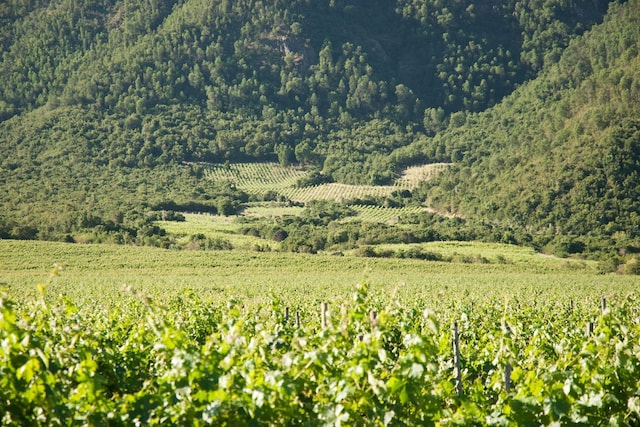
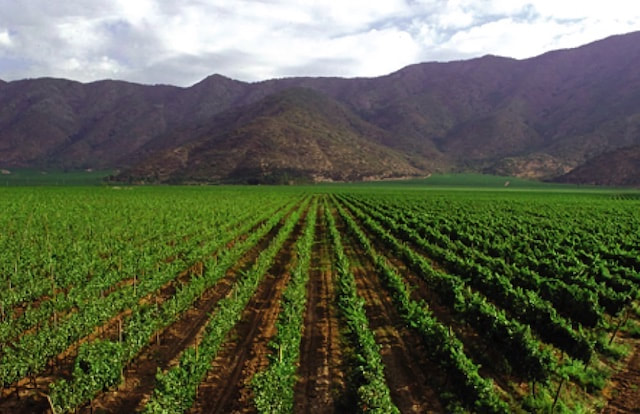
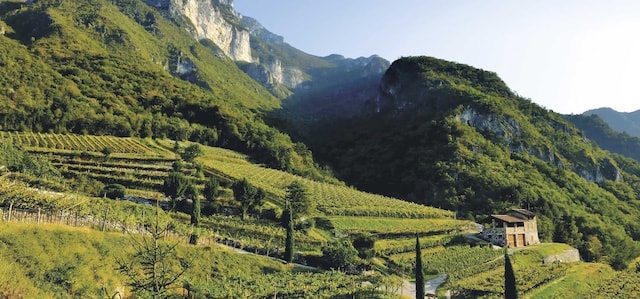
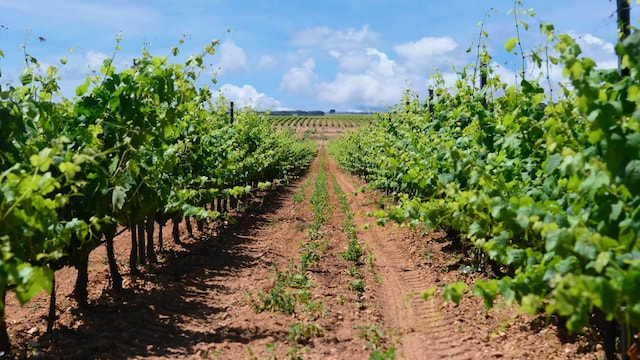
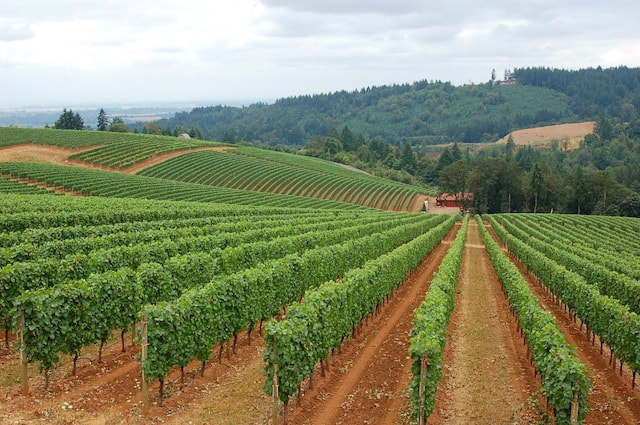
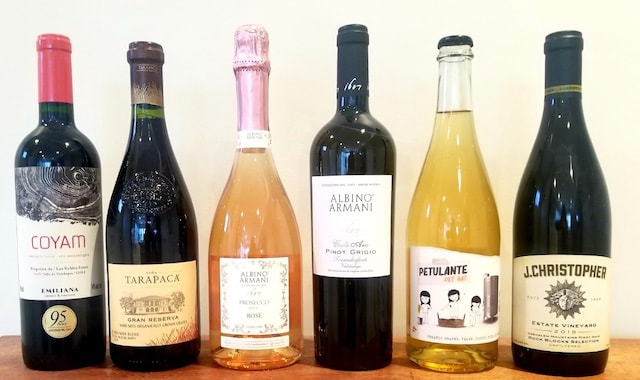
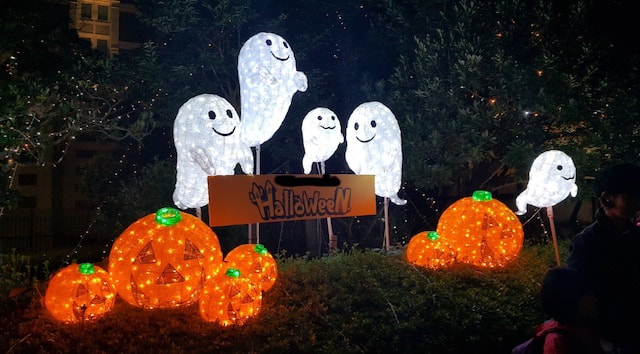
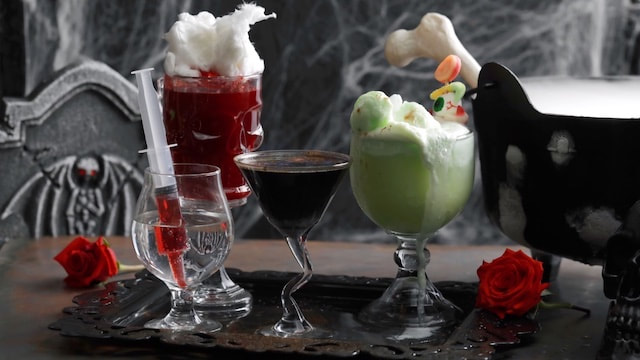
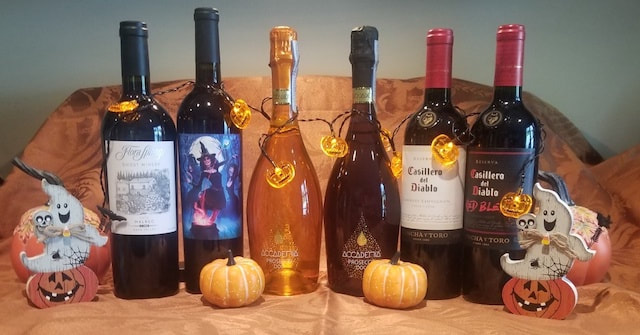
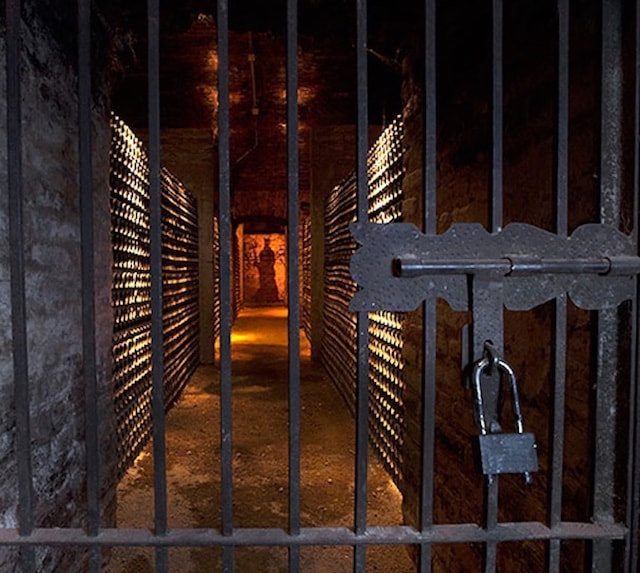

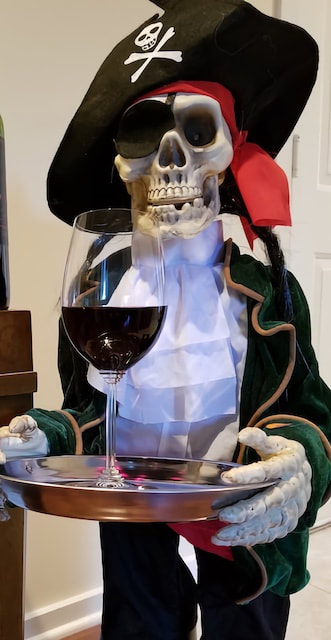
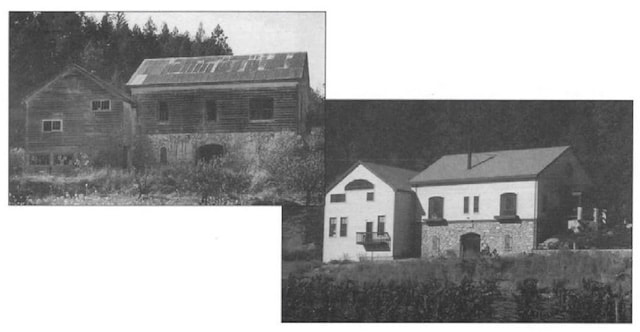
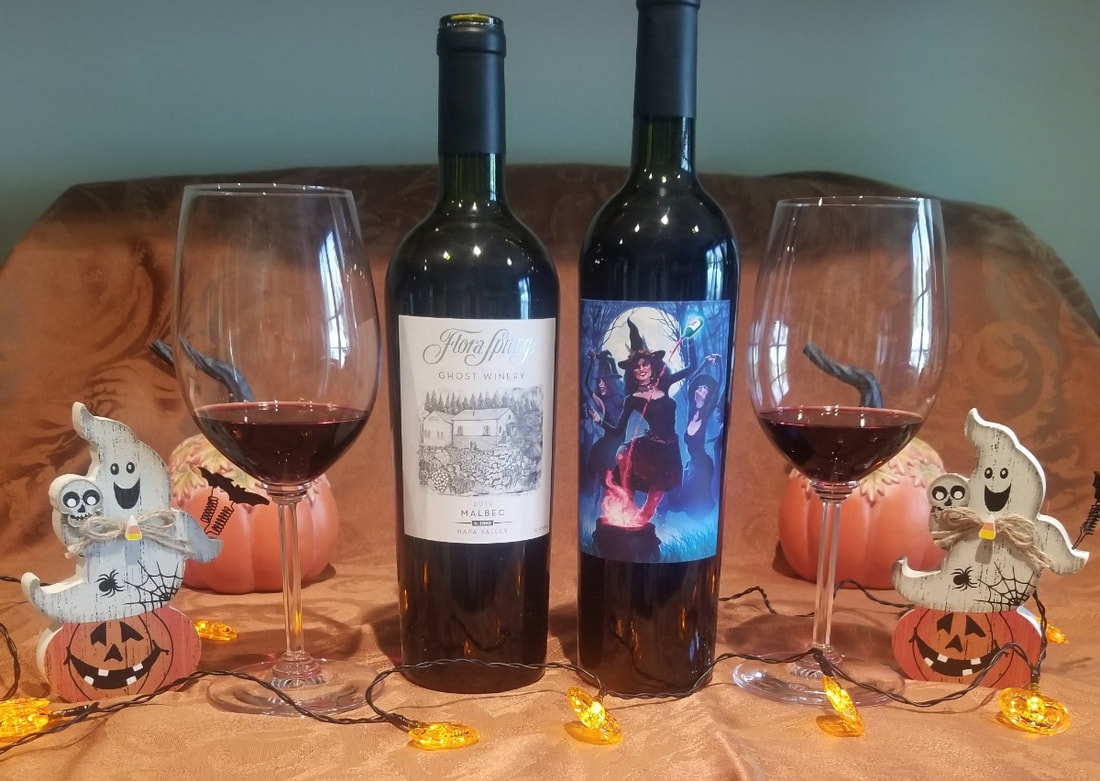
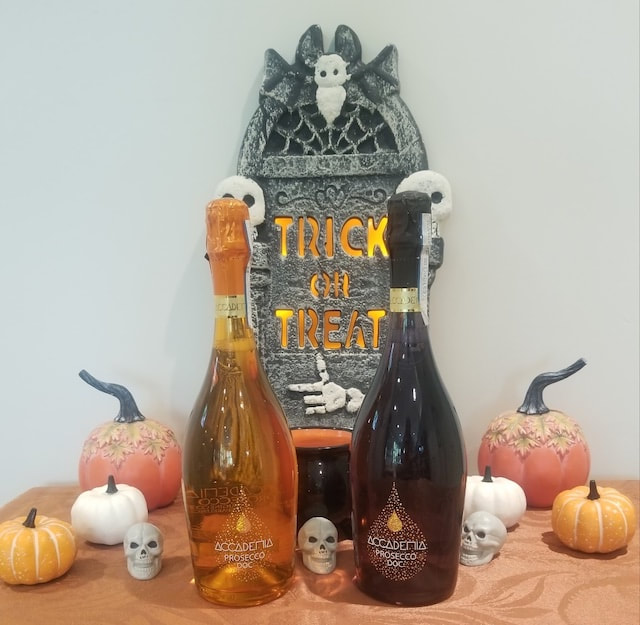
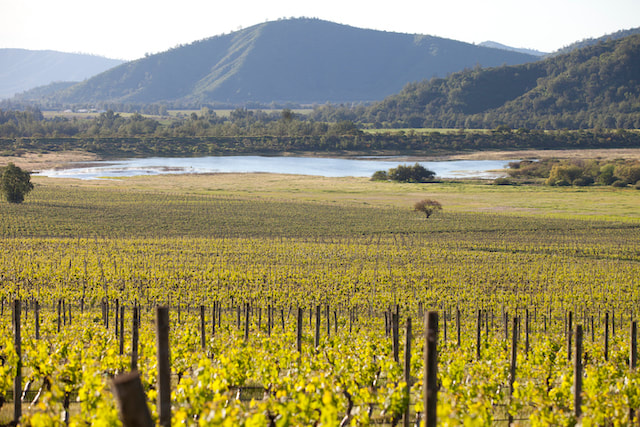
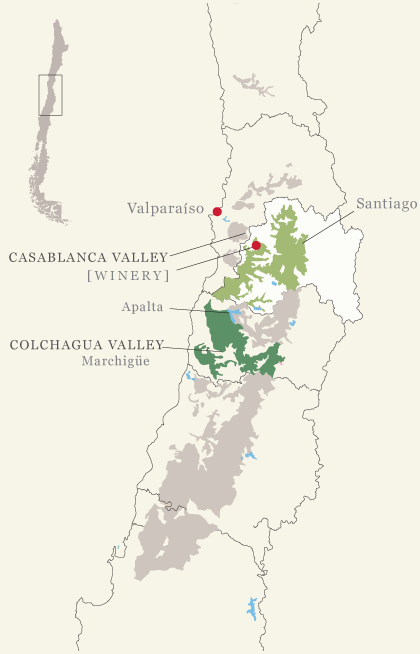
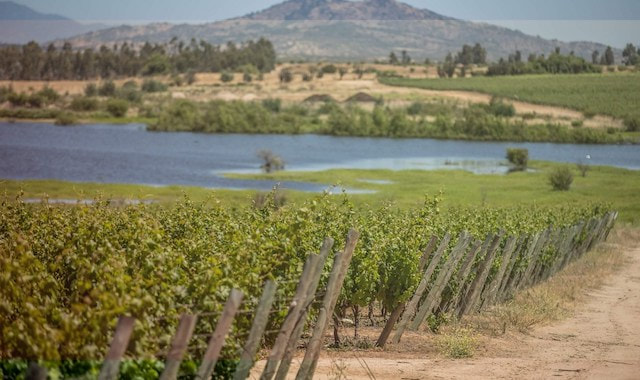
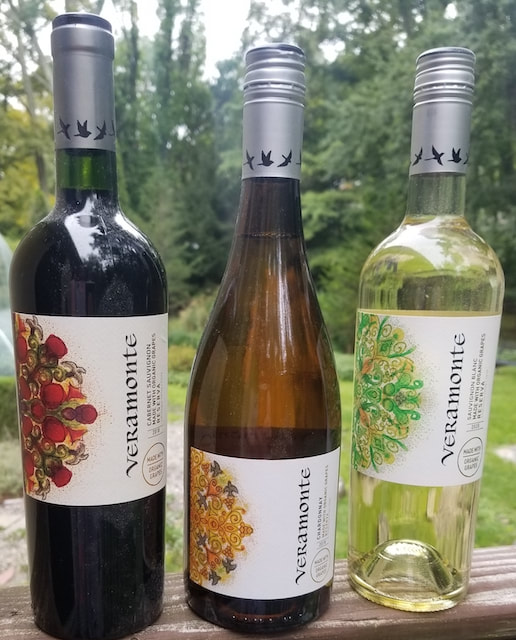

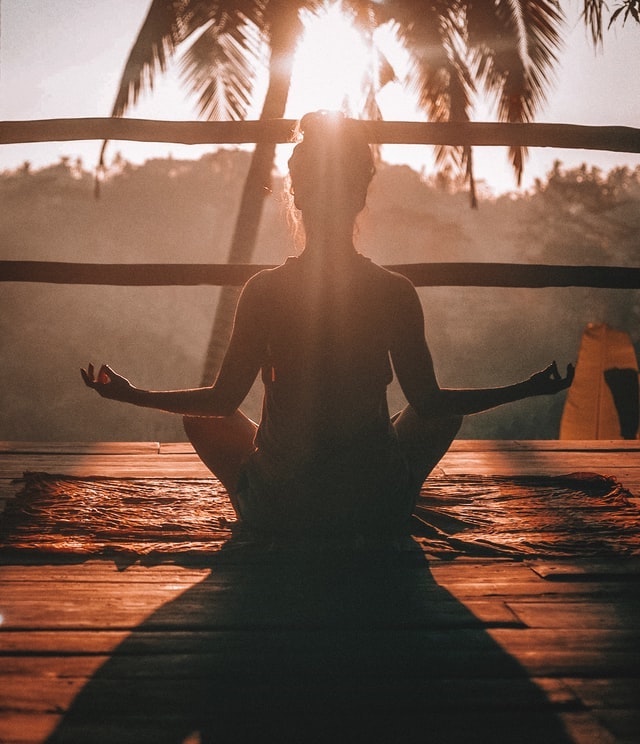
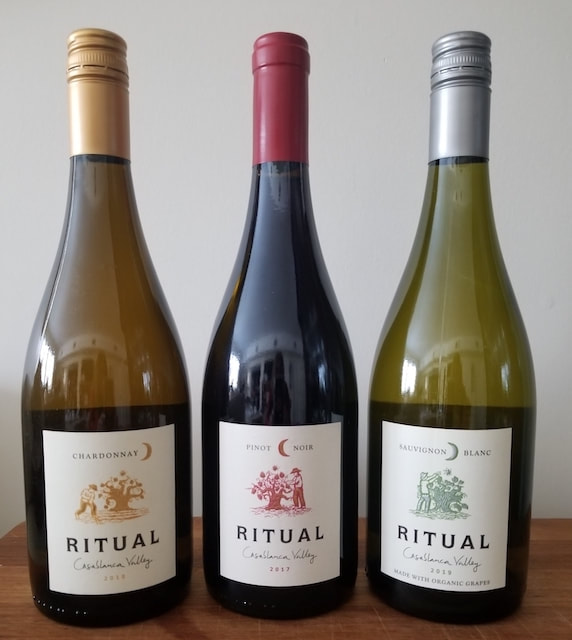
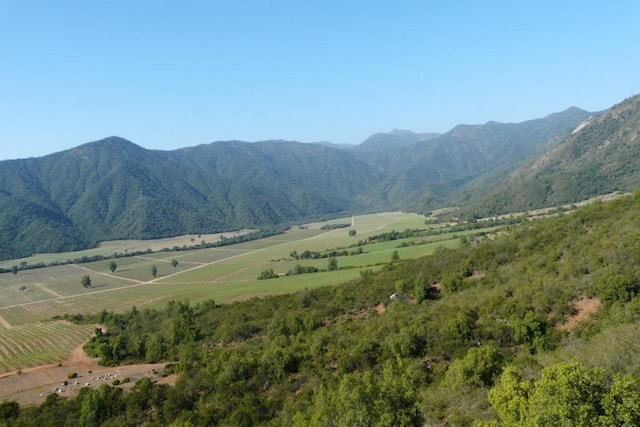
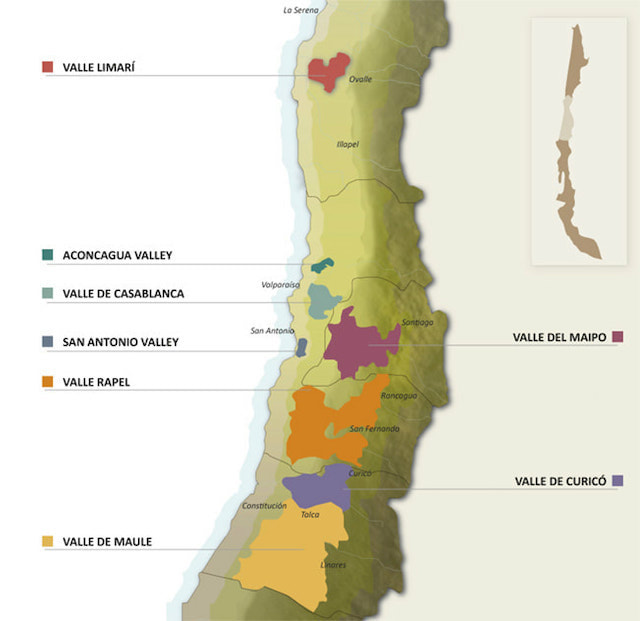
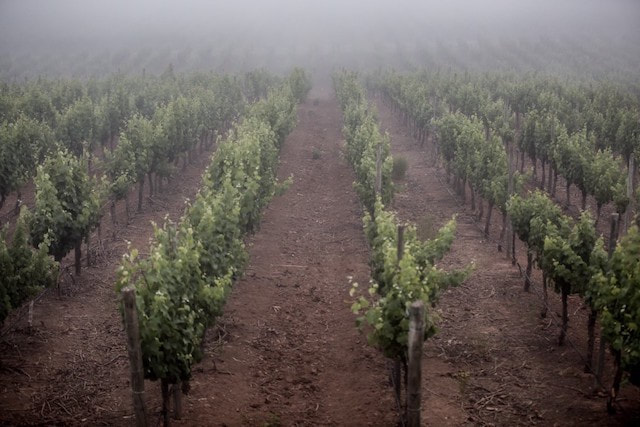
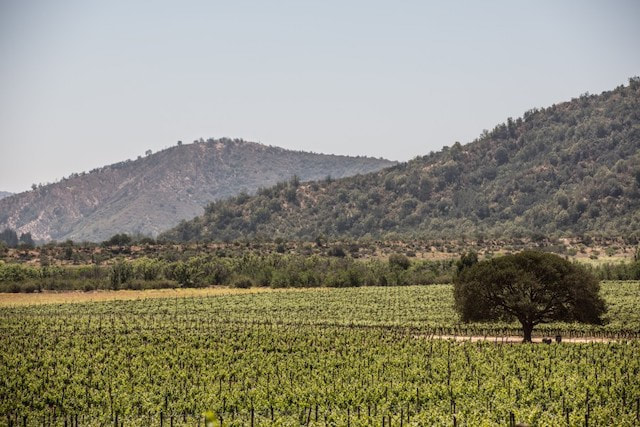
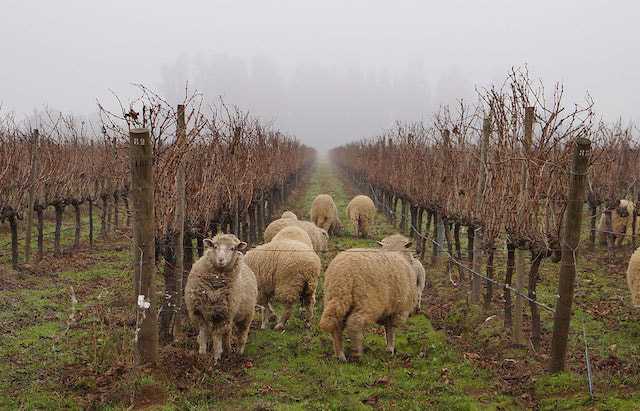
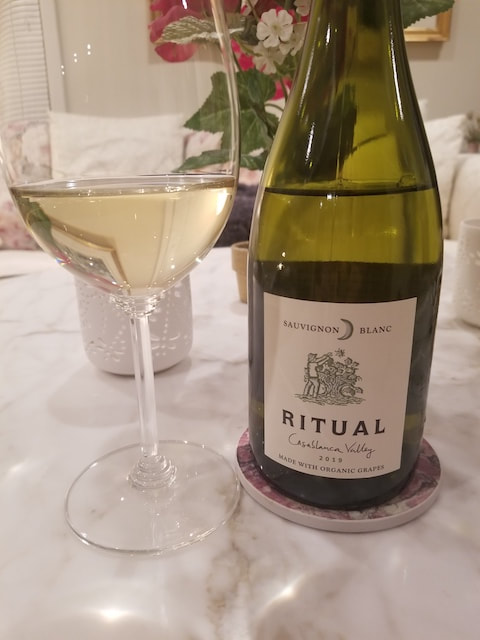
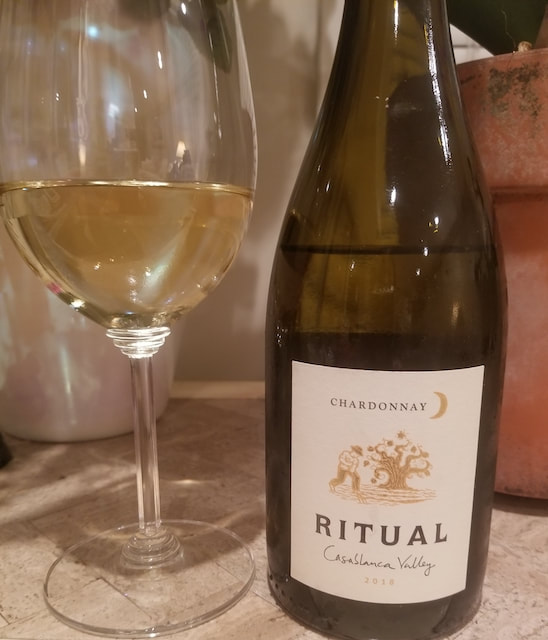
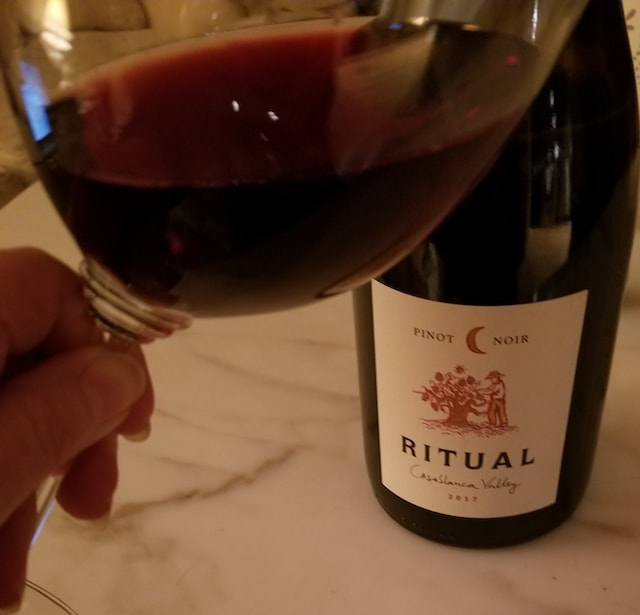
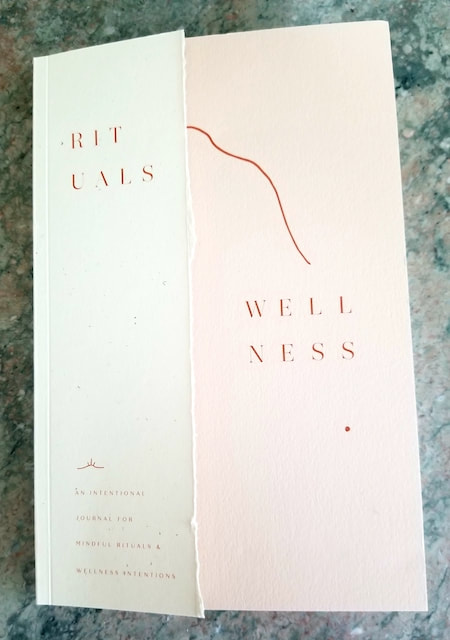
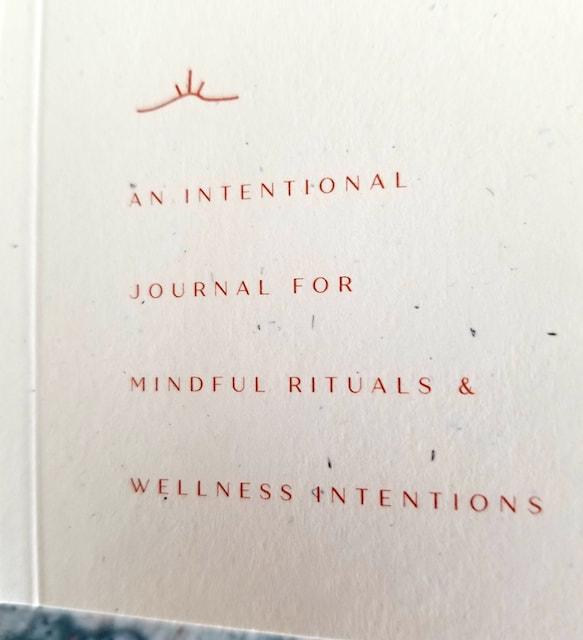
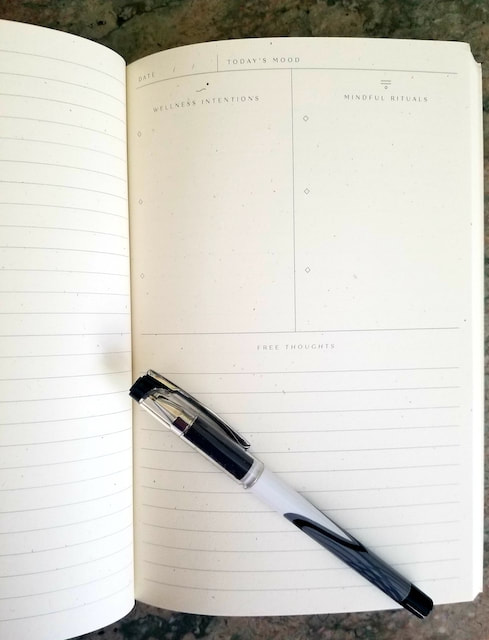
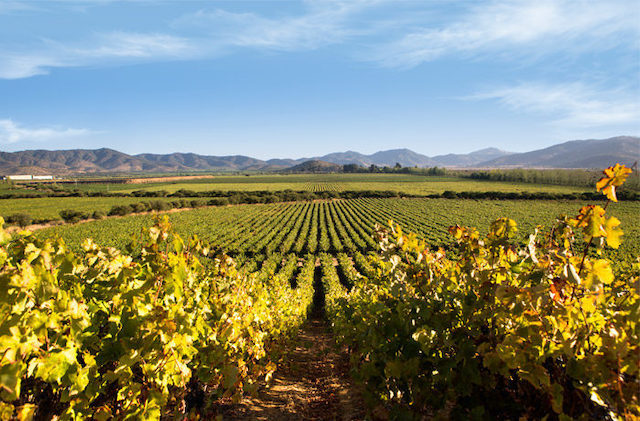
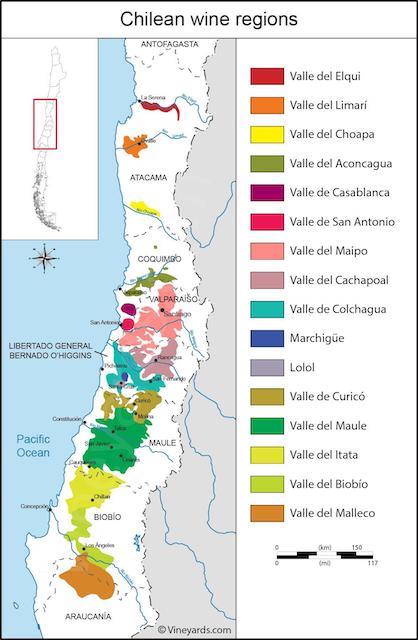
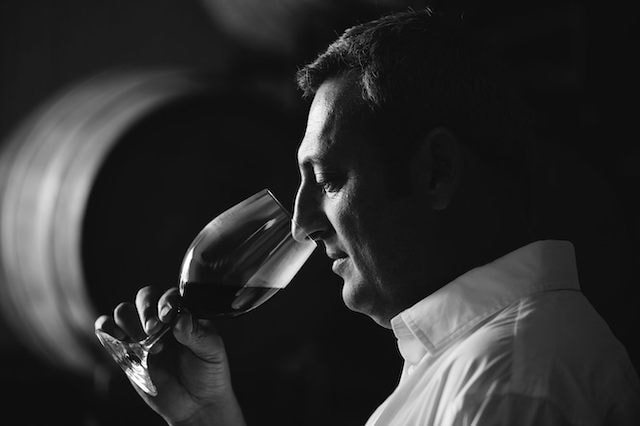
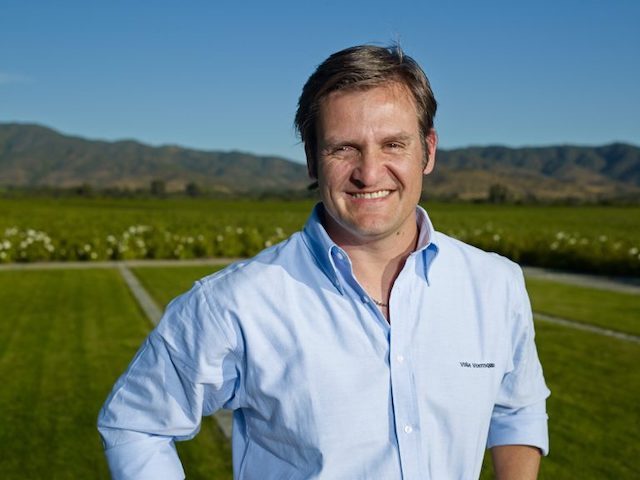
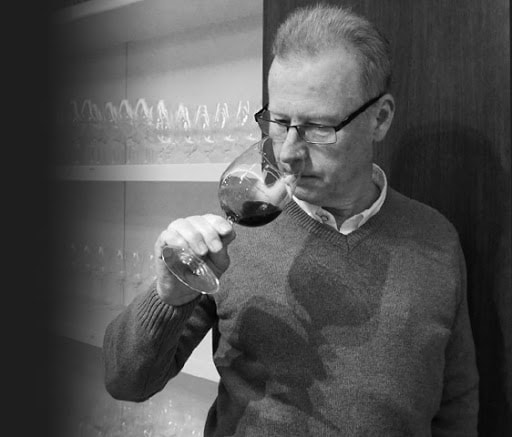
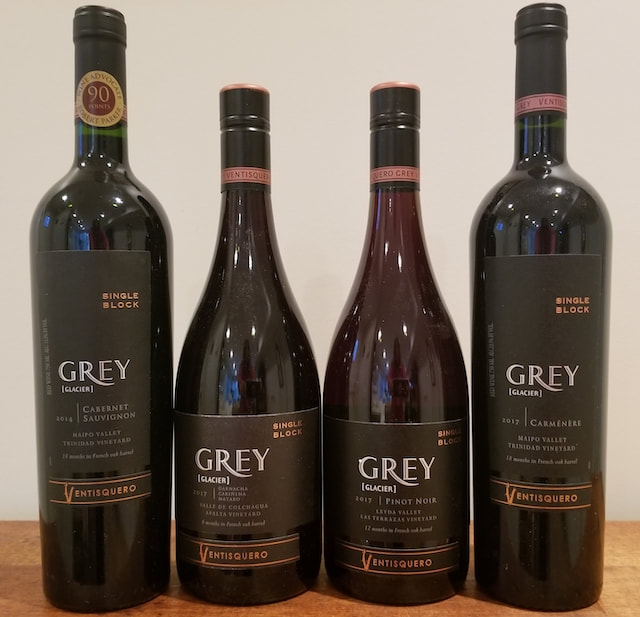
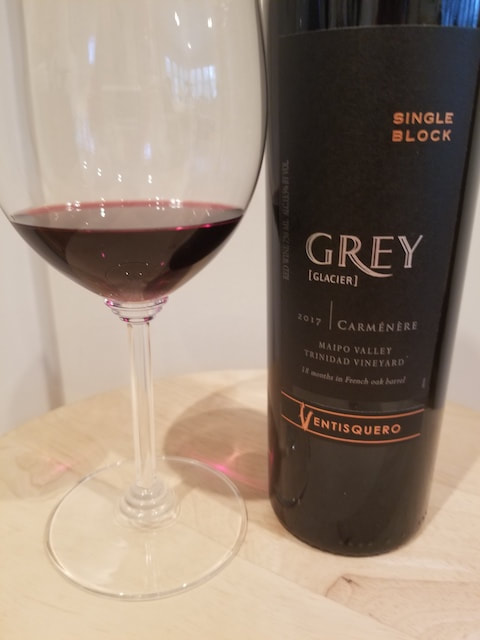
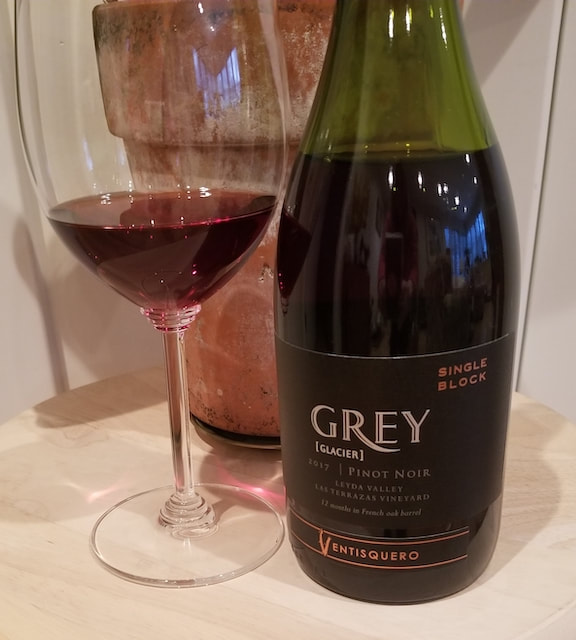
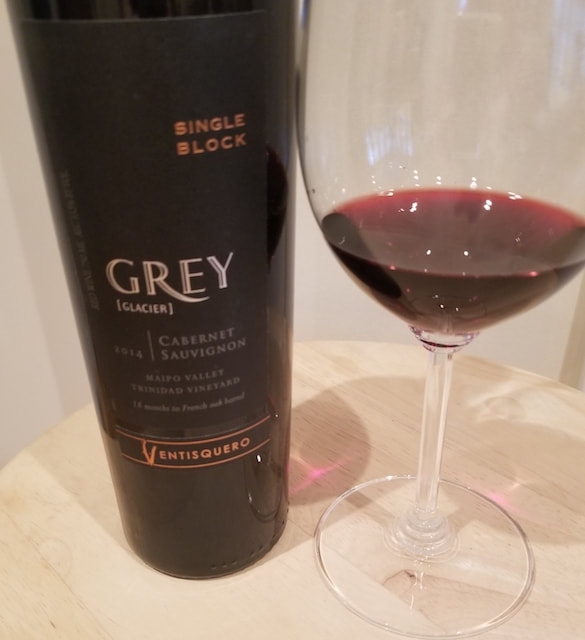
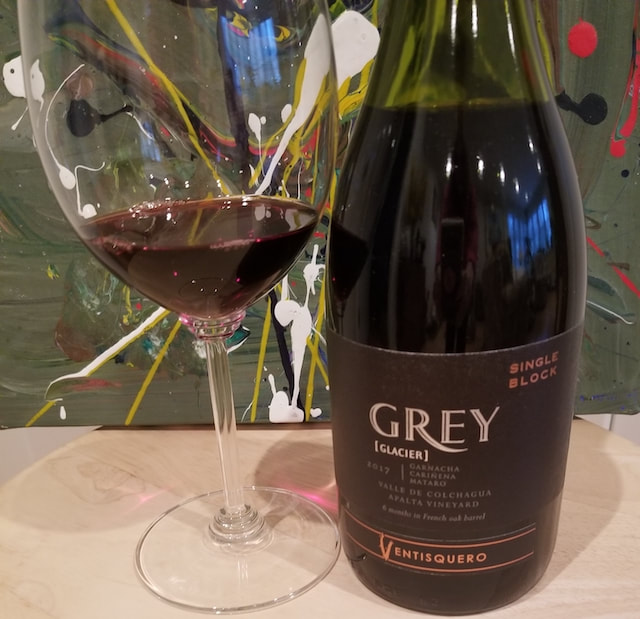
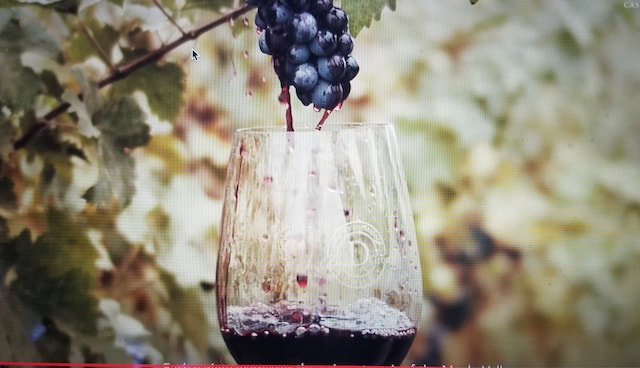
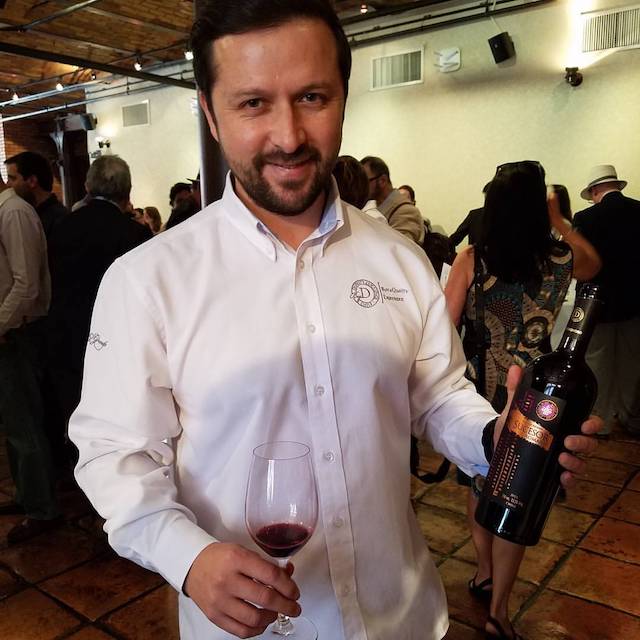
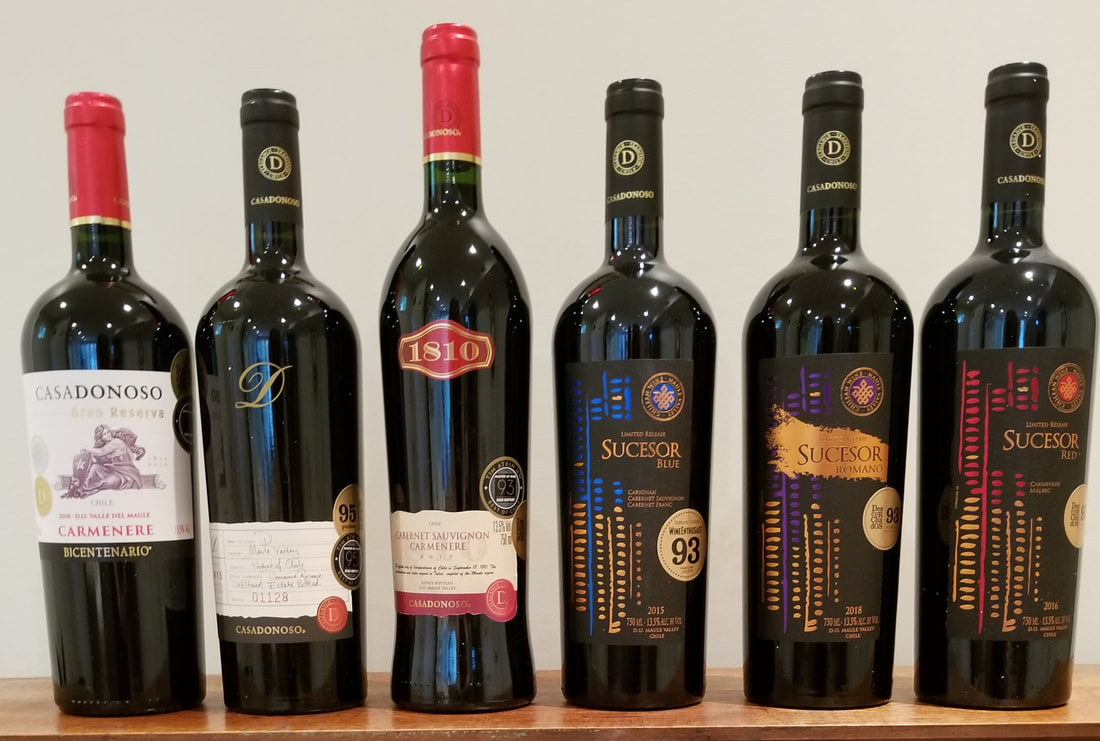
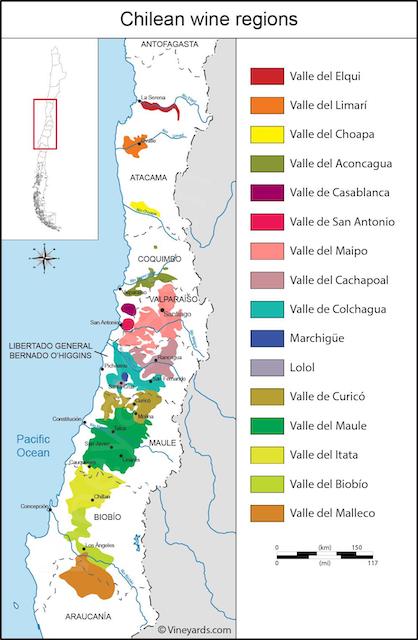
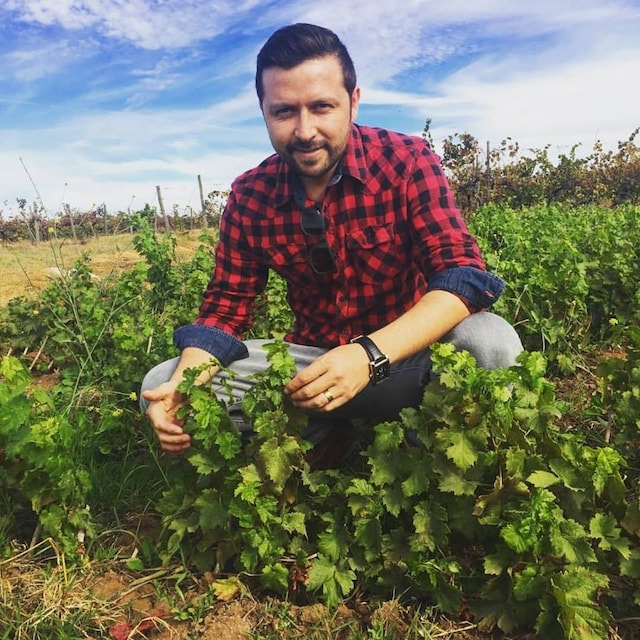
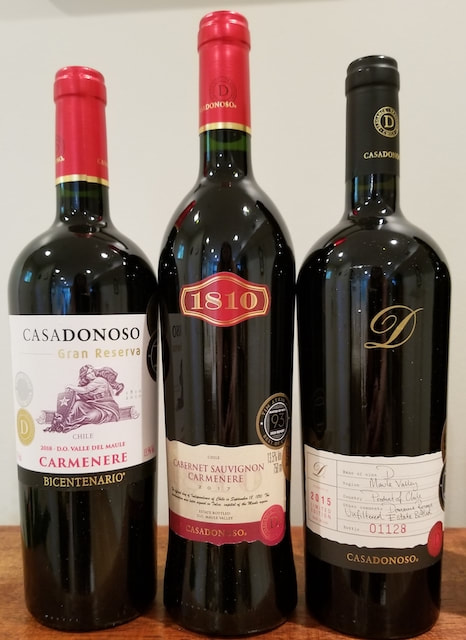
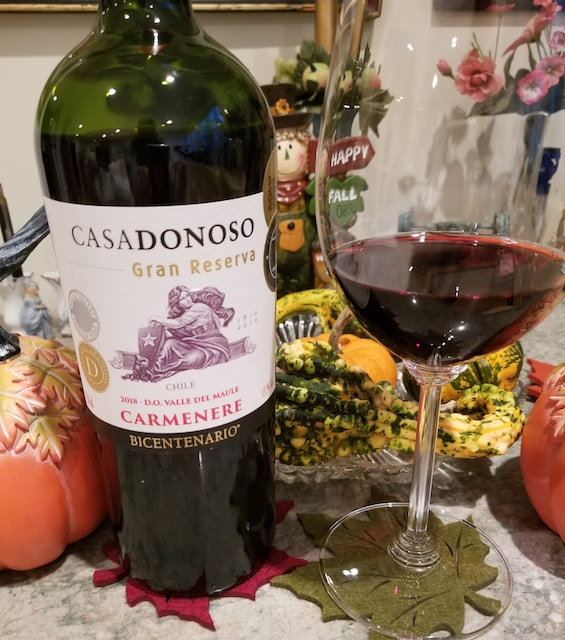
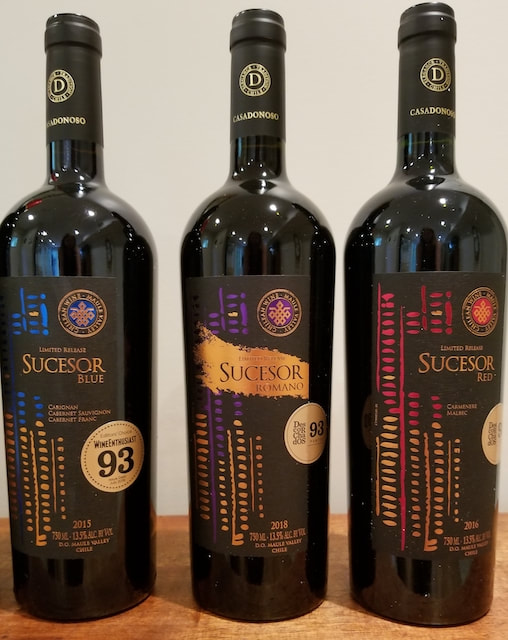
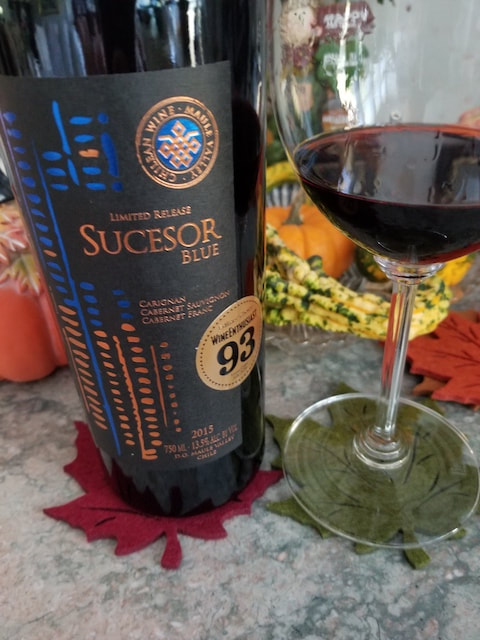
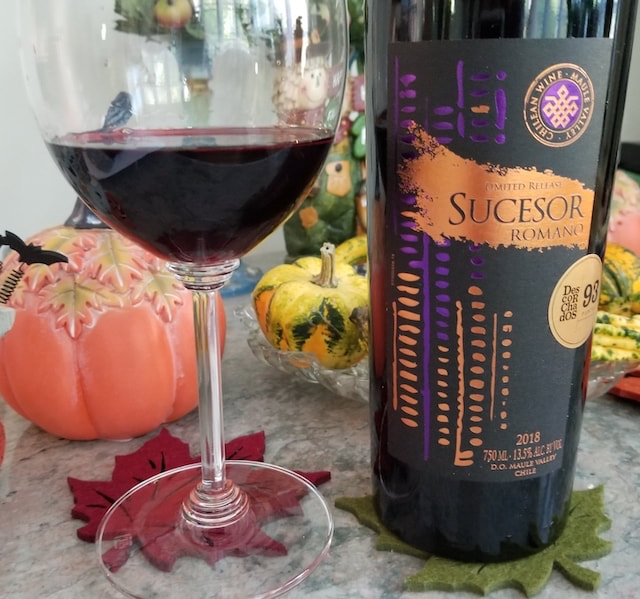
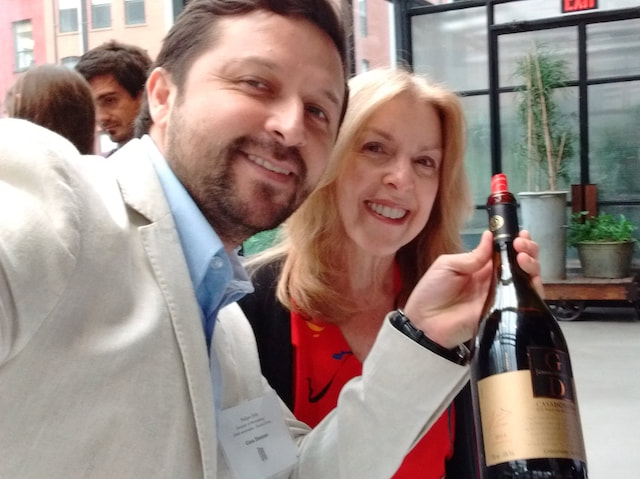
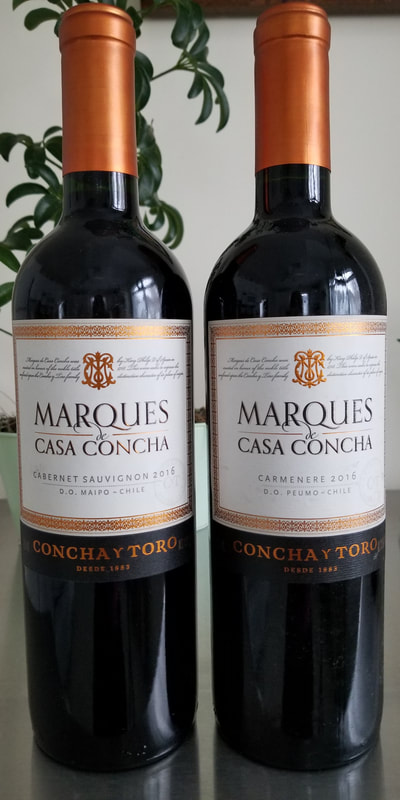
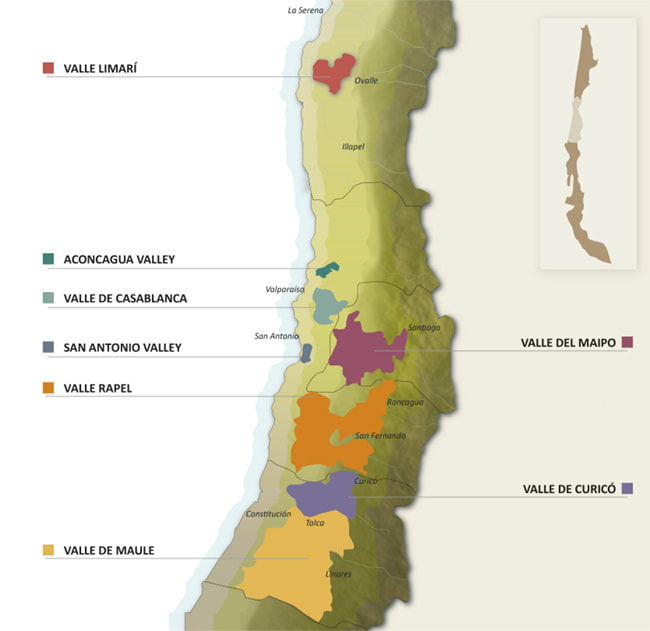
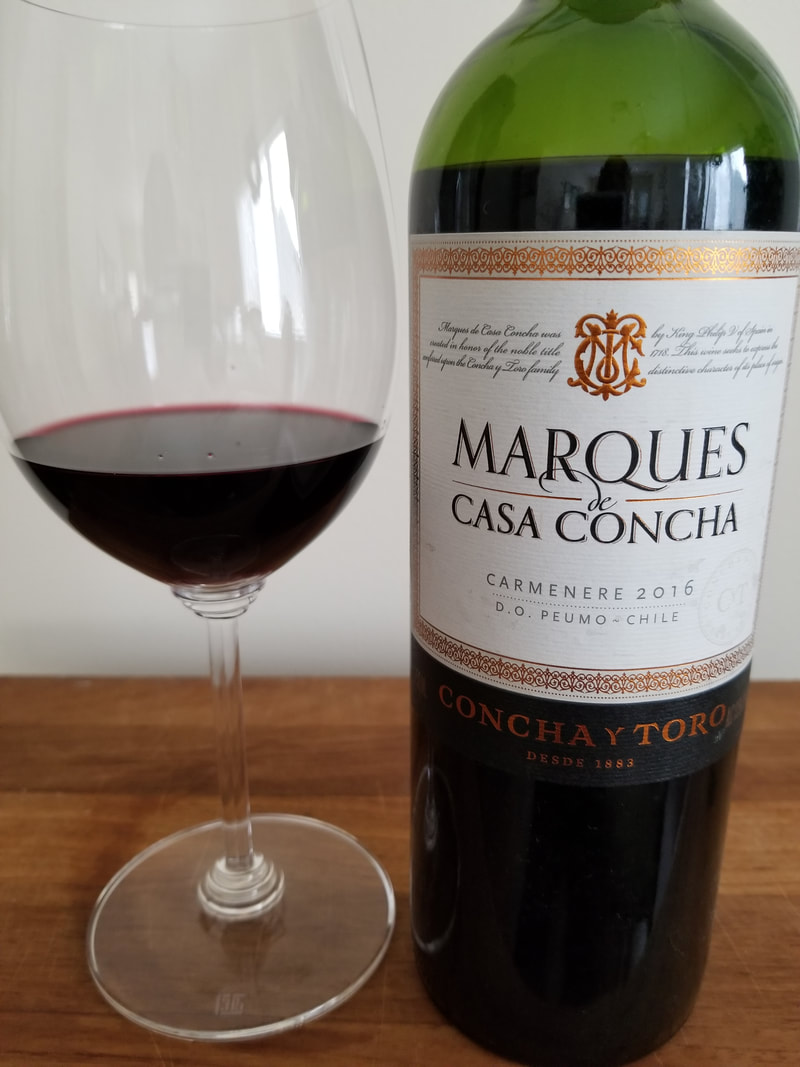
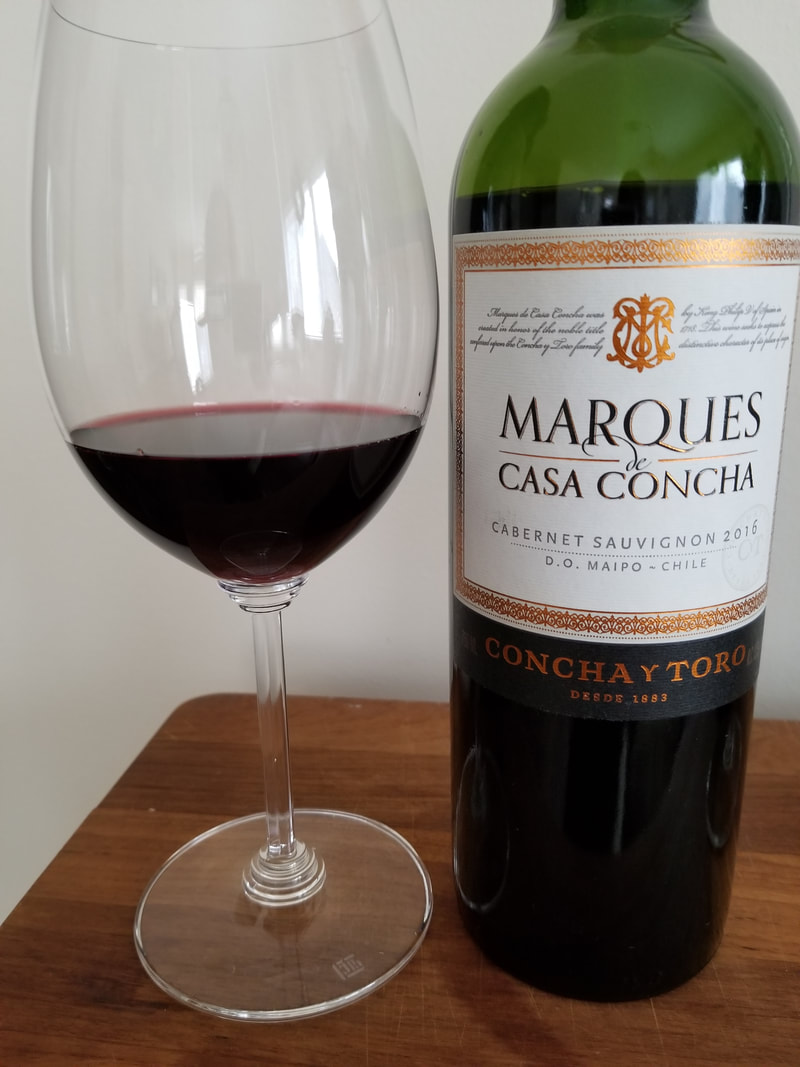

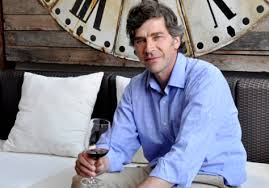
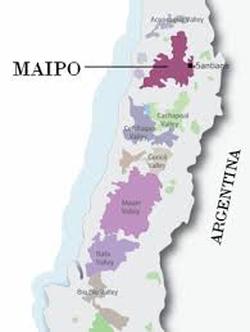
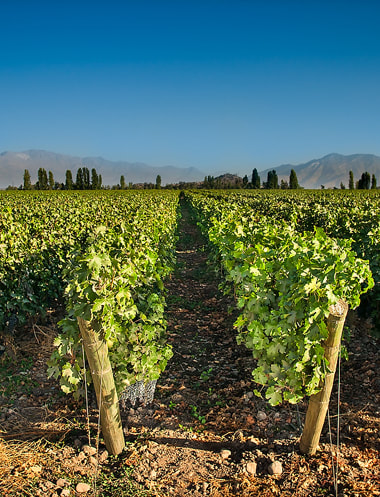
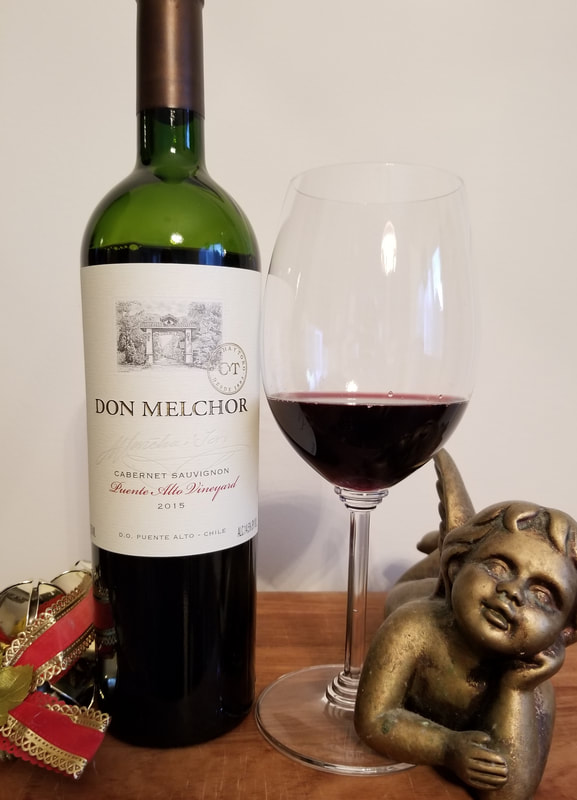
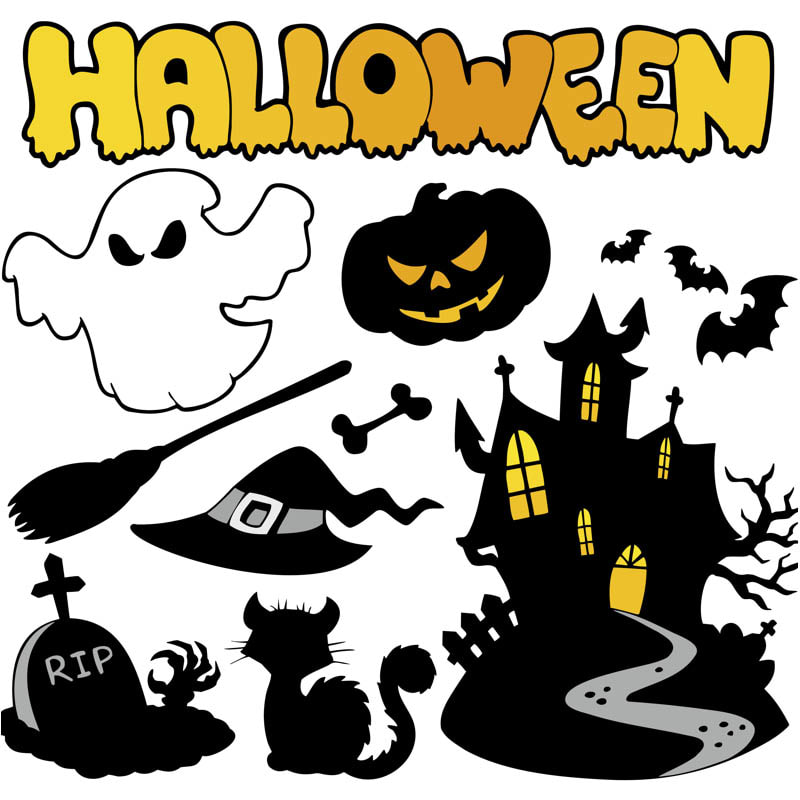
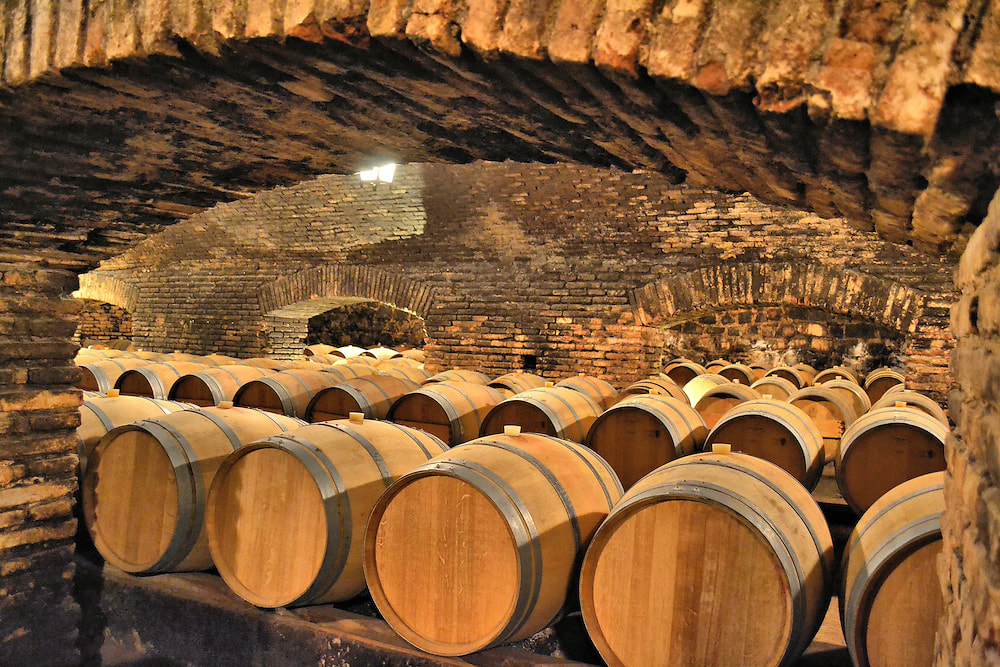
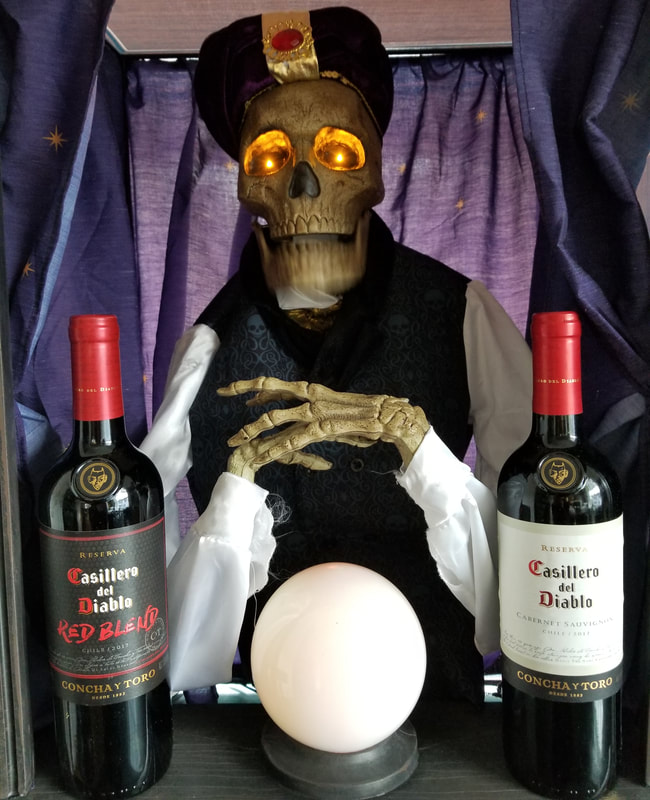
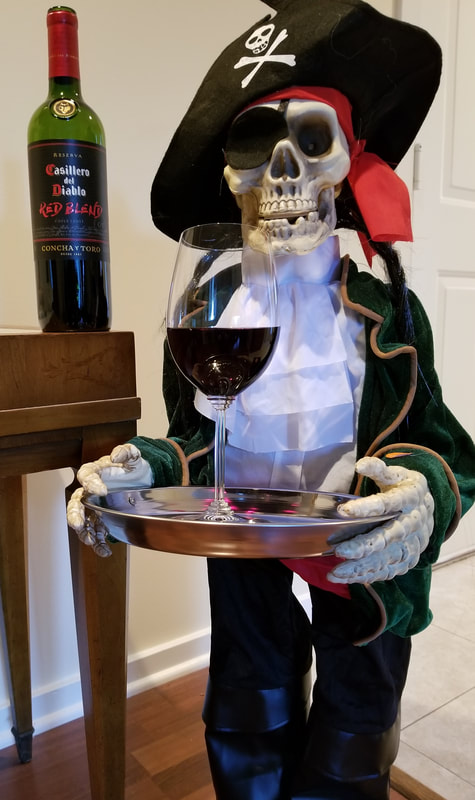
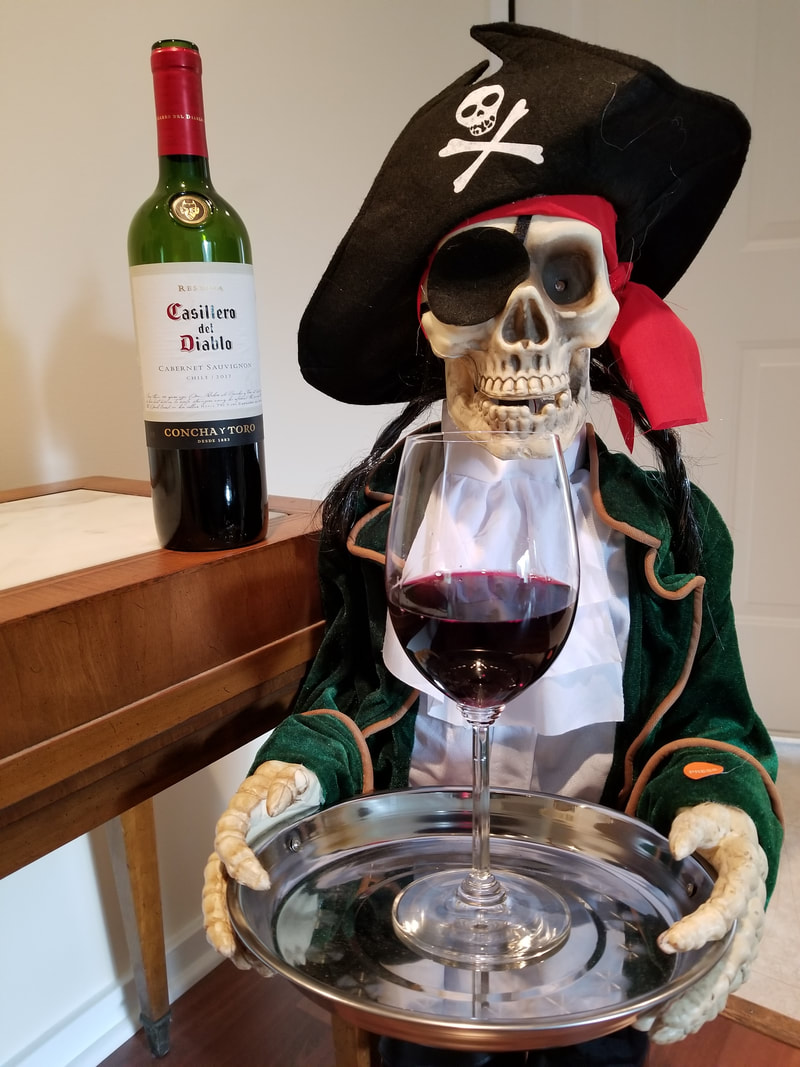
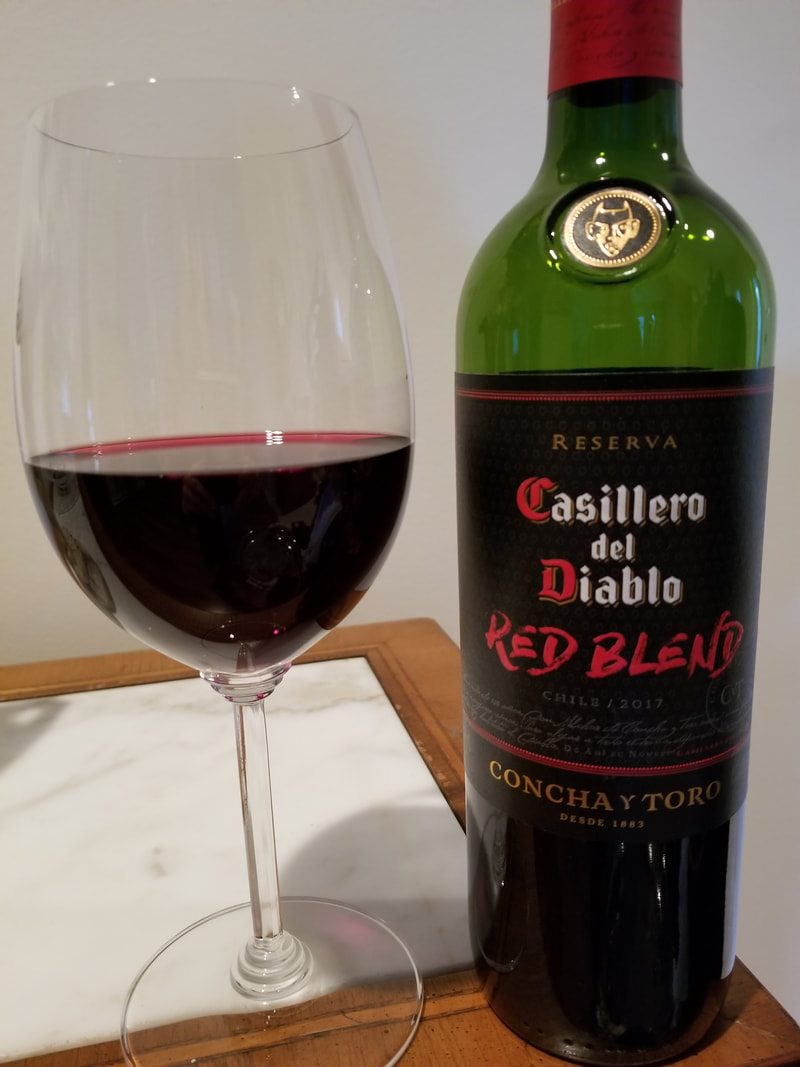
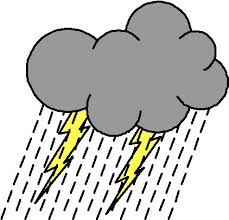

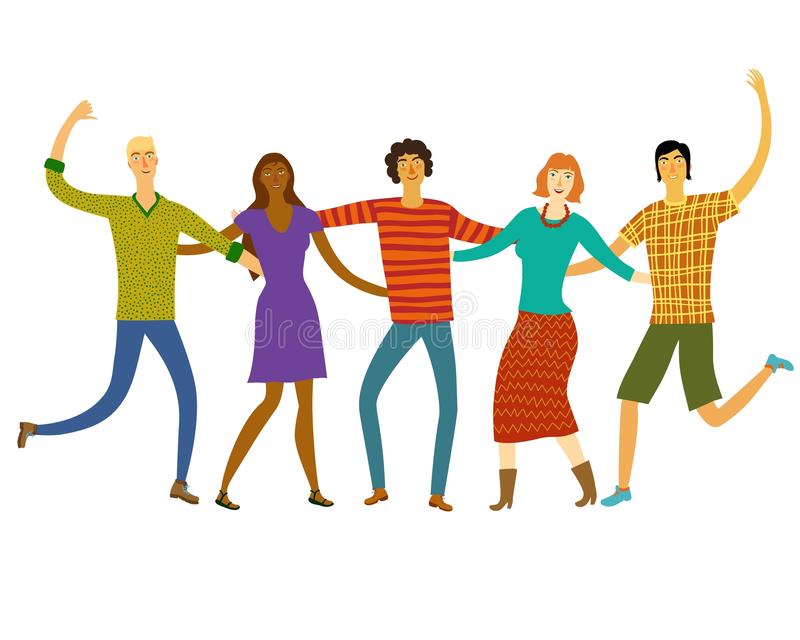
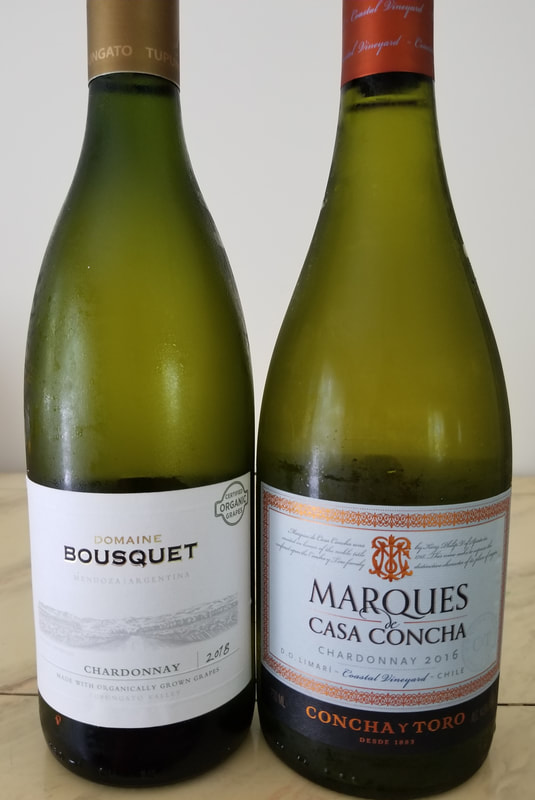
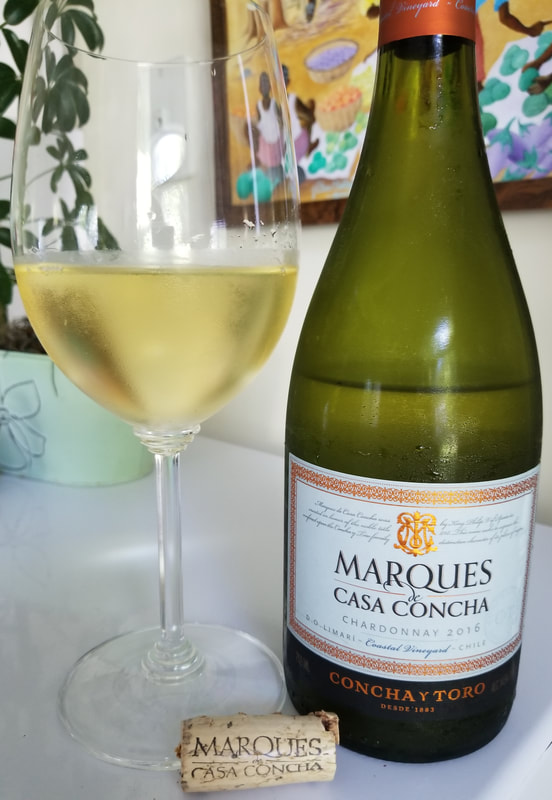

 RSS Feed
RSS Feed